Transforming your living space into a minimalist haven doesn't mean stripping away all personality. It's about creating an environment that feels open, calm, and intentional. The beauty of minimalist decor lies in its ability to balance function and aesthetics while giving you room to breathe. By focusing on the essentials and eliminating the excess, your home can become a peaceful retreat that not only looks stunning but enhances your daily life. So, how can you embrace simplicity without sacrificing style? Let's explore these 25 fantastic minimalist decorating ideas to create a minimalist space that reflects both harmony and sophistication.
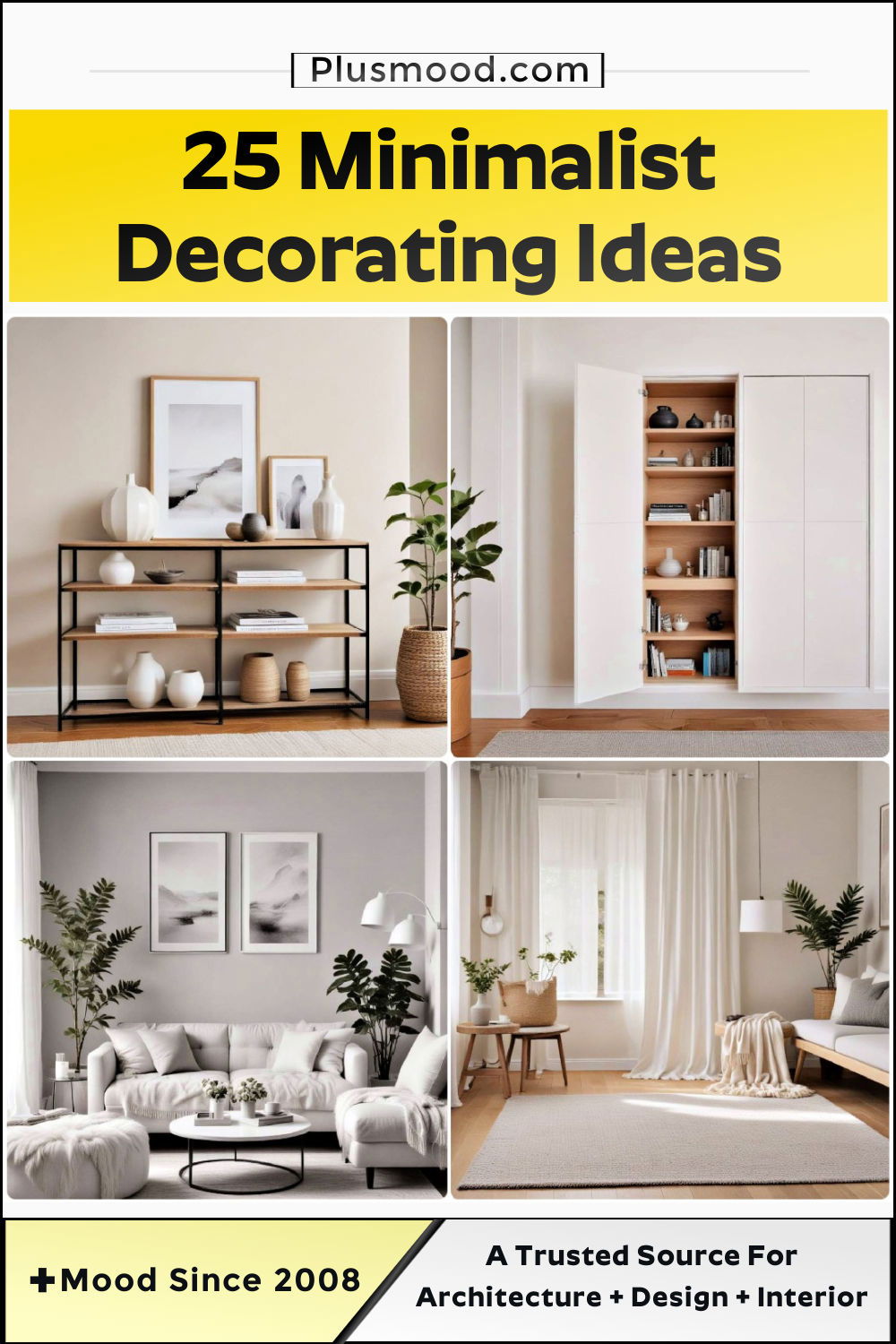
1. Embrace Neutral Colors
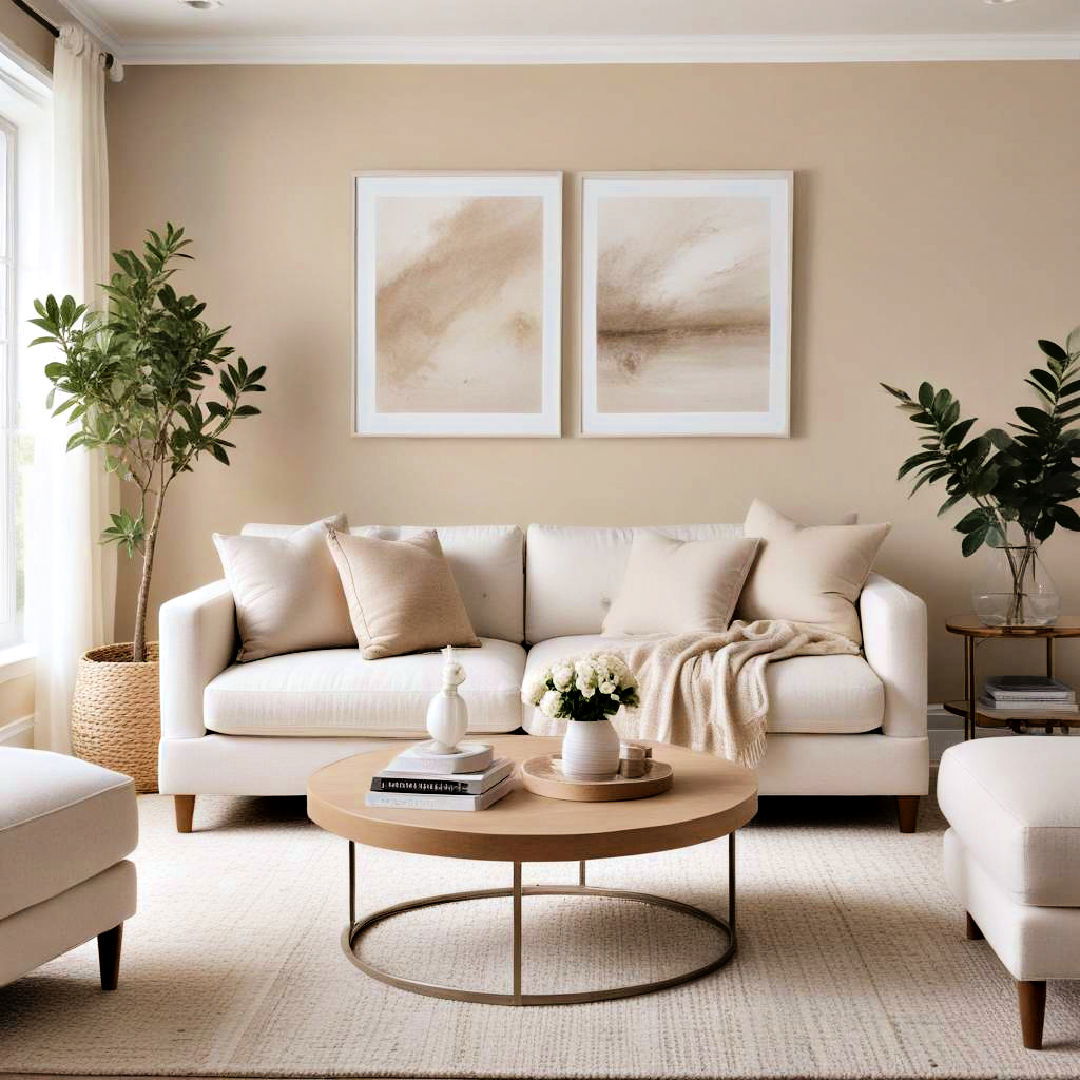
Neutral colors like beige, white, and gray create a calming ambiance, which is a core aspect of neutral bedroom ideas. They serve as a versatile backdrop, making it easier to add pops of color through accessories. Neutral hues are timeless, and they make your space feel larger and more open. They create a seamless look, allowing for flexibility in future decor changes.
2. Opt for Clean Lines
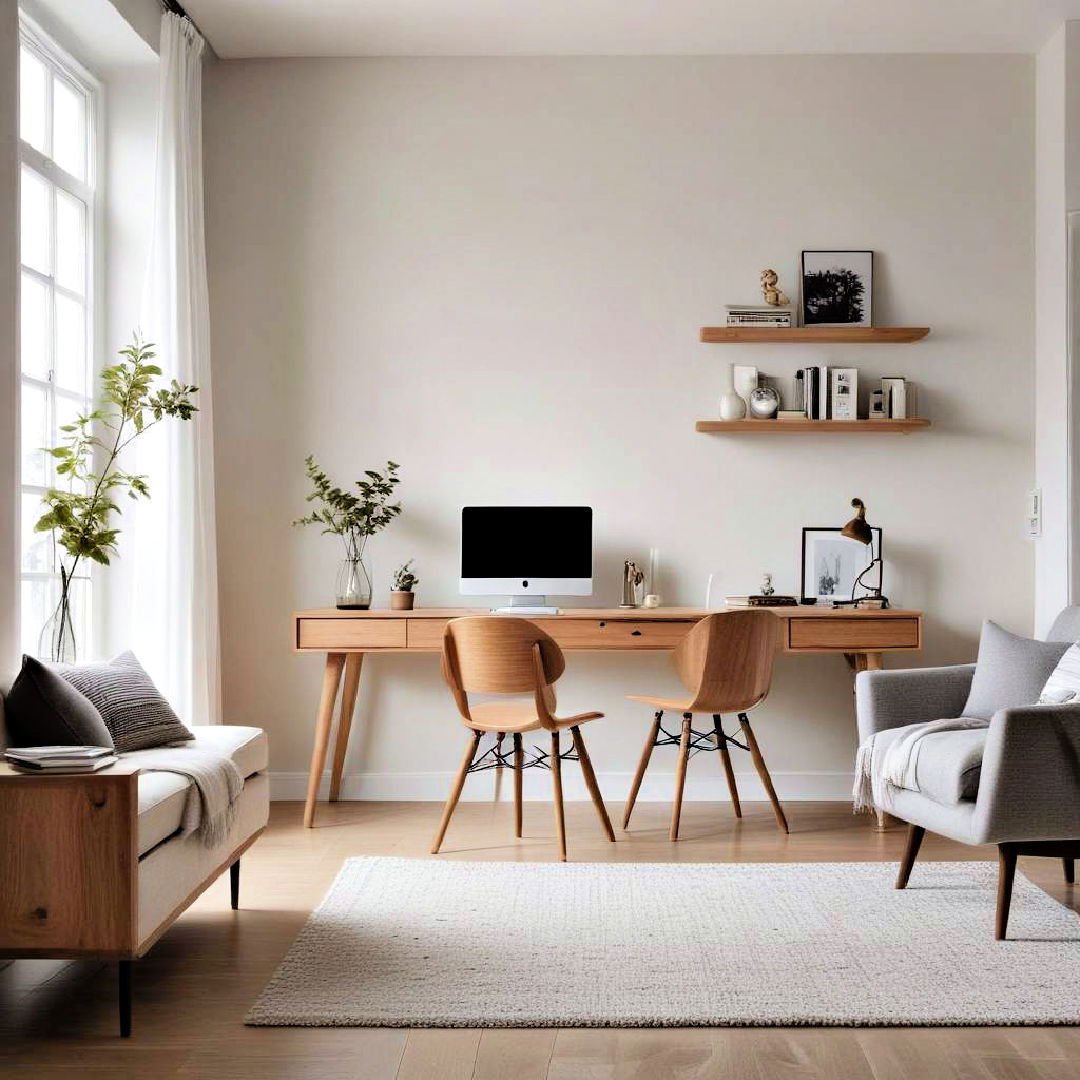
Simplicity is key when it comes to minimalist decorating. Choose furniture and decor with clean, straight lines to maintain an uncluttered appearance. This approach makes your space look organized and modern. Clean lines help in reducing visual noise, providing a clearer focus on key elements in the room.
3. Limit Decorative Pieces

Explore inspiring minimalist decorating ideas to transform your space with simplicity and elegance. Simplicity often creates the most sophisticated spaces. Limit the number of decorative pieces to avoid clutter. Select high-quality items that serve a purpose or bring joy. This practice not only simplifies your space but also makes it easier to maintain. Fewer pieces mean more focus on each item, enhancing its impact.
4. Use Functional Furniture
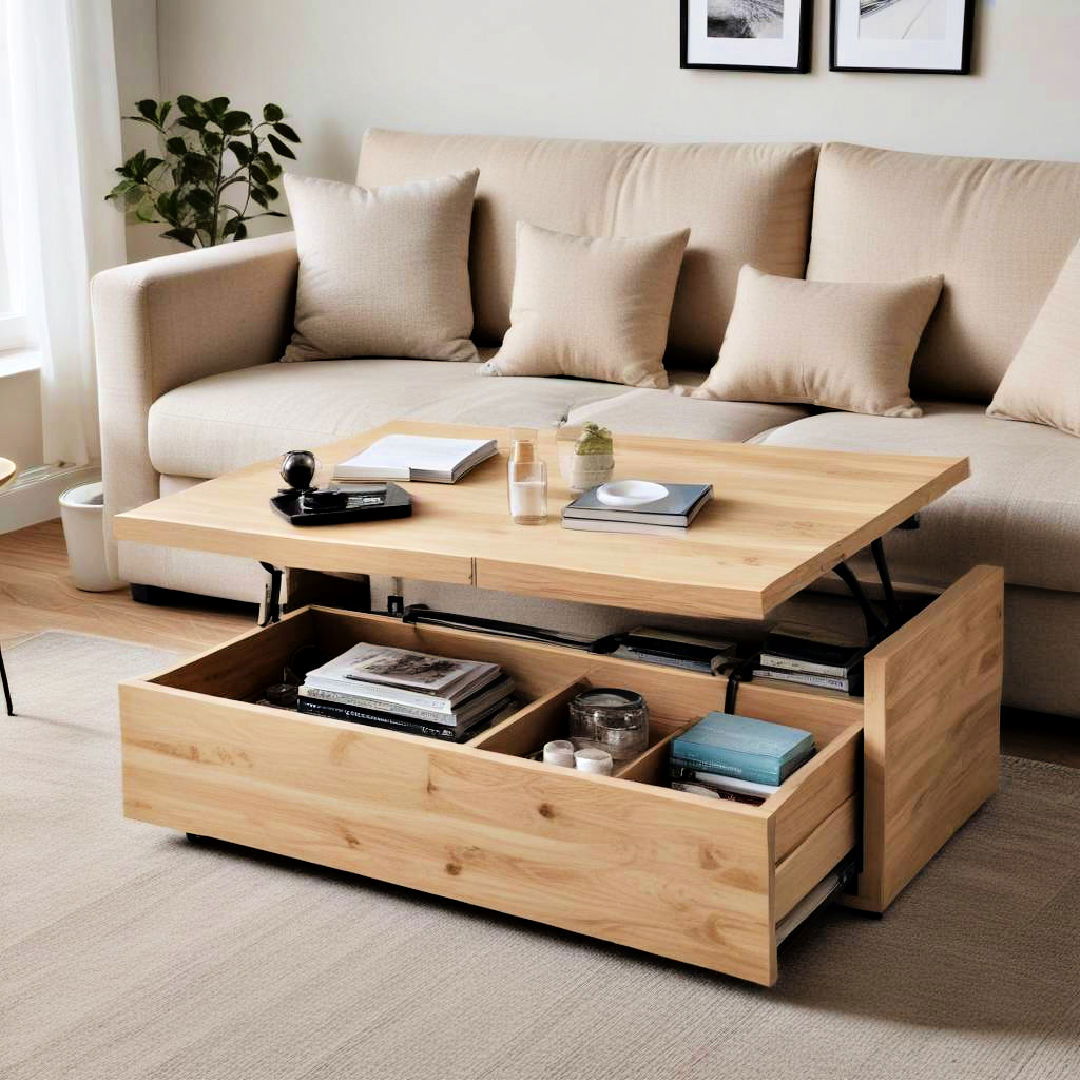
Multi-purpose furniture is a minimalist's best friend, emphasizing the importance of functional furniture in creating efficient spaces. Think of a sofa that converts into a bed or a coffee table with storage space inside. These pieces help keep your space tidy and efficient. Functional furniture maximizes usability while minimizing clutter, creating a more streamlined living environment.
5. Incorporate Natural Elements
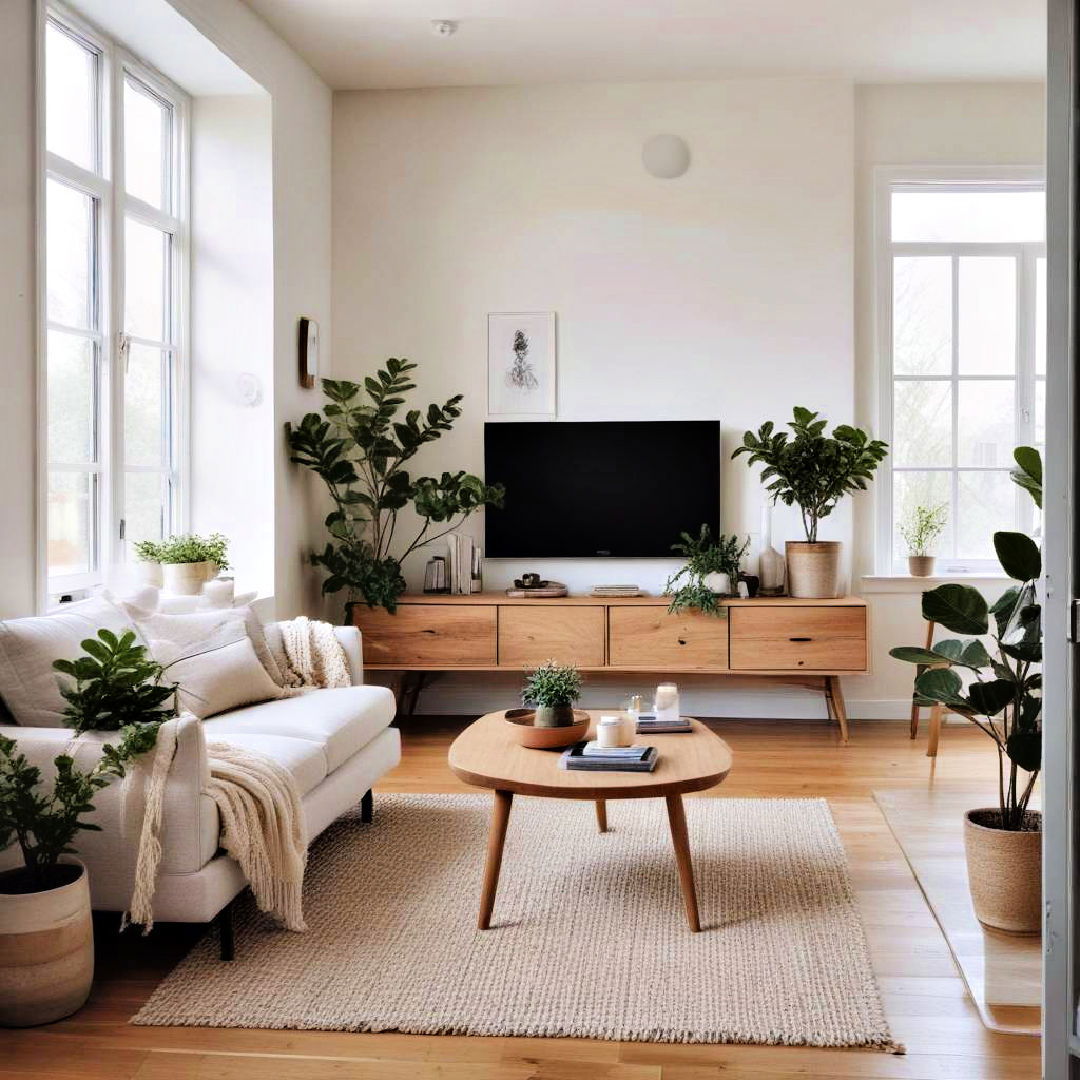
Bringing in elements like wood, plants, and stone adds warmth to a minimalist space, which is a hallmark of incorporating natural elements into decor. These items create a serene atmosphere while maintaining simplicity. Natural elements also improve air quality and bring a touch of the outdoors inside. They create a balanced harmony between functionality and aesthetics.
6. Prioritize Open Spaces

Open spaces give your home a more airy and spacious feel. Avoid over-furnishing and let the room breathe. Open areas can serve as flexible spaces for different activities. This approach minimizes congestion and leaves room for movement, making the space more adaptable to various needs.
7. Hide Storage
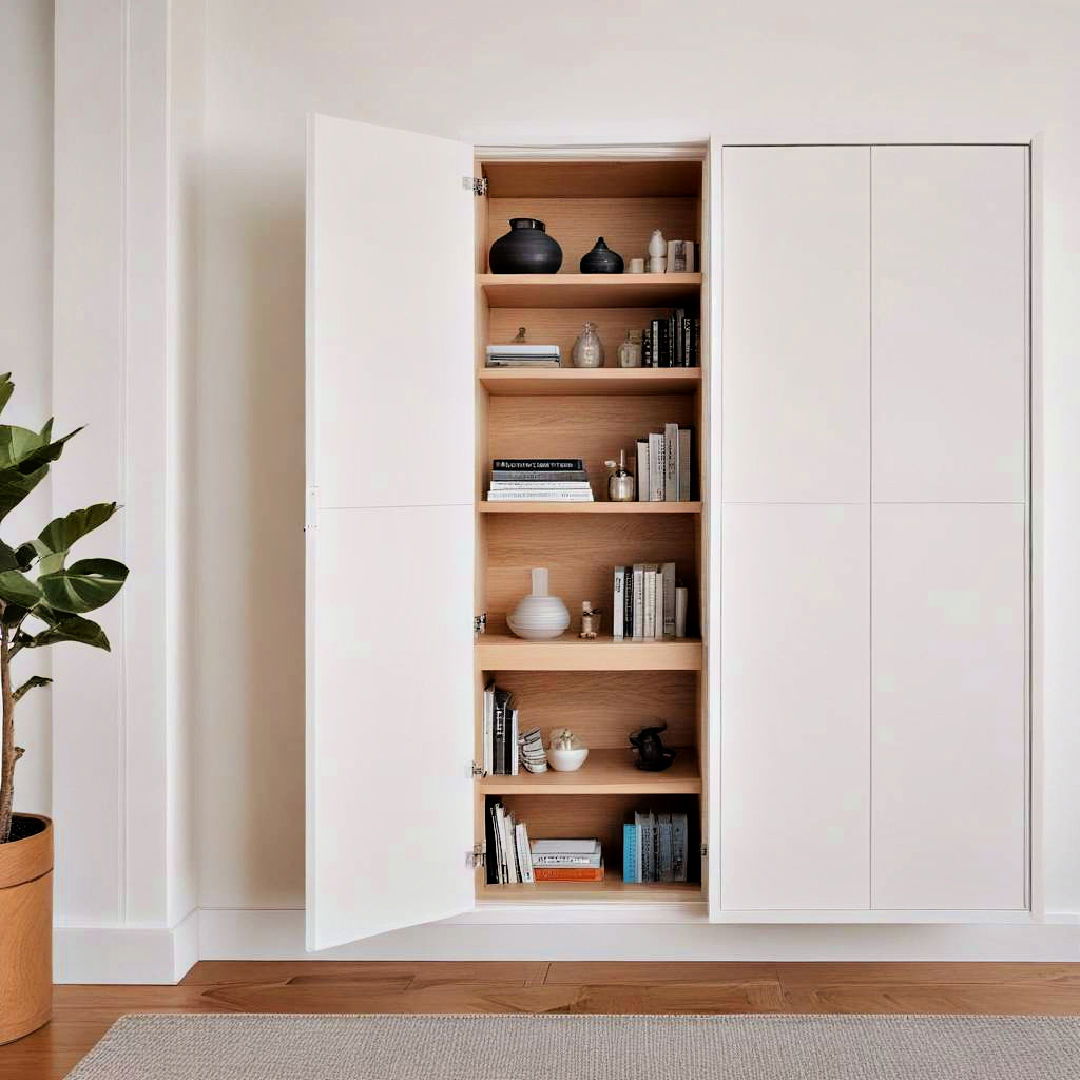
Concealed storage solutions are a game-changer for minimalism. Built-in cabinets or furniture with hidden compartments keep your belongings out of sight. Hidden storage maintains the clean lines and simplicity of your decor. It aids in reducing visual clutter, offering a more streamlined and polished appearance.
8. Focus on Quality over Quantity
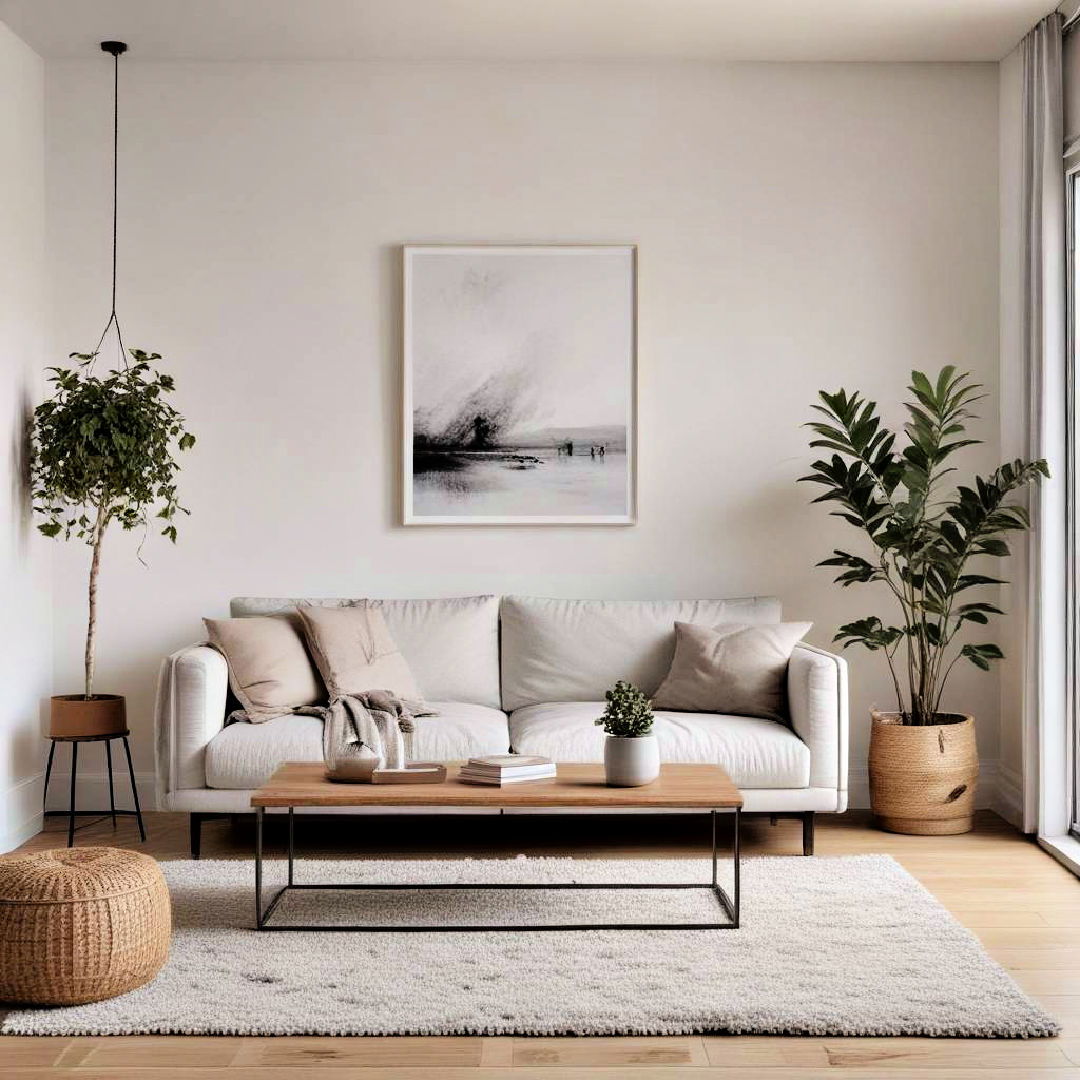
Get creative with minimalist home decor ideas to achieve a clean, modern look in any room. When decorating minimally, invest in fewer but higher-quality items. Quality pieces stand the test of time and often offer better functionality. This focus on quality ensures that each item is both beautiful and durable. Investing in quality over quantity brings satisfaction and long-term use.
9. Integrate Subtle Textures
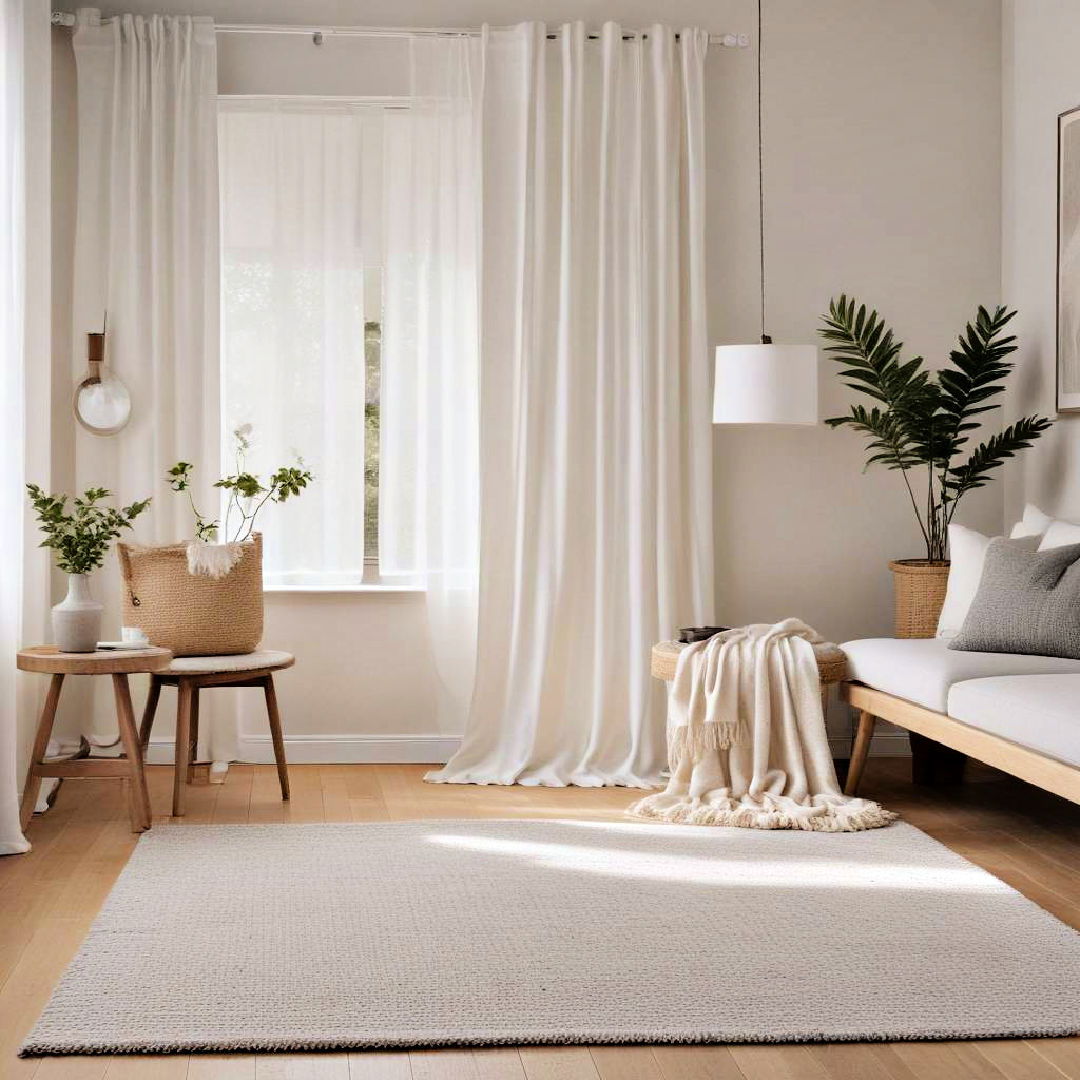
Adding subtle textures through textiles or materials can create depth without overwhelming the space, a key feature in adding subtle textures to modern bedroom design. Think soft rugs, linen curtains, or textured cushions. Textures bring dimension and interest to a room while keeping the overall look clean. They create a tactile experience, enriching the minimalist aesthetic.
10. Utilize Negative Space
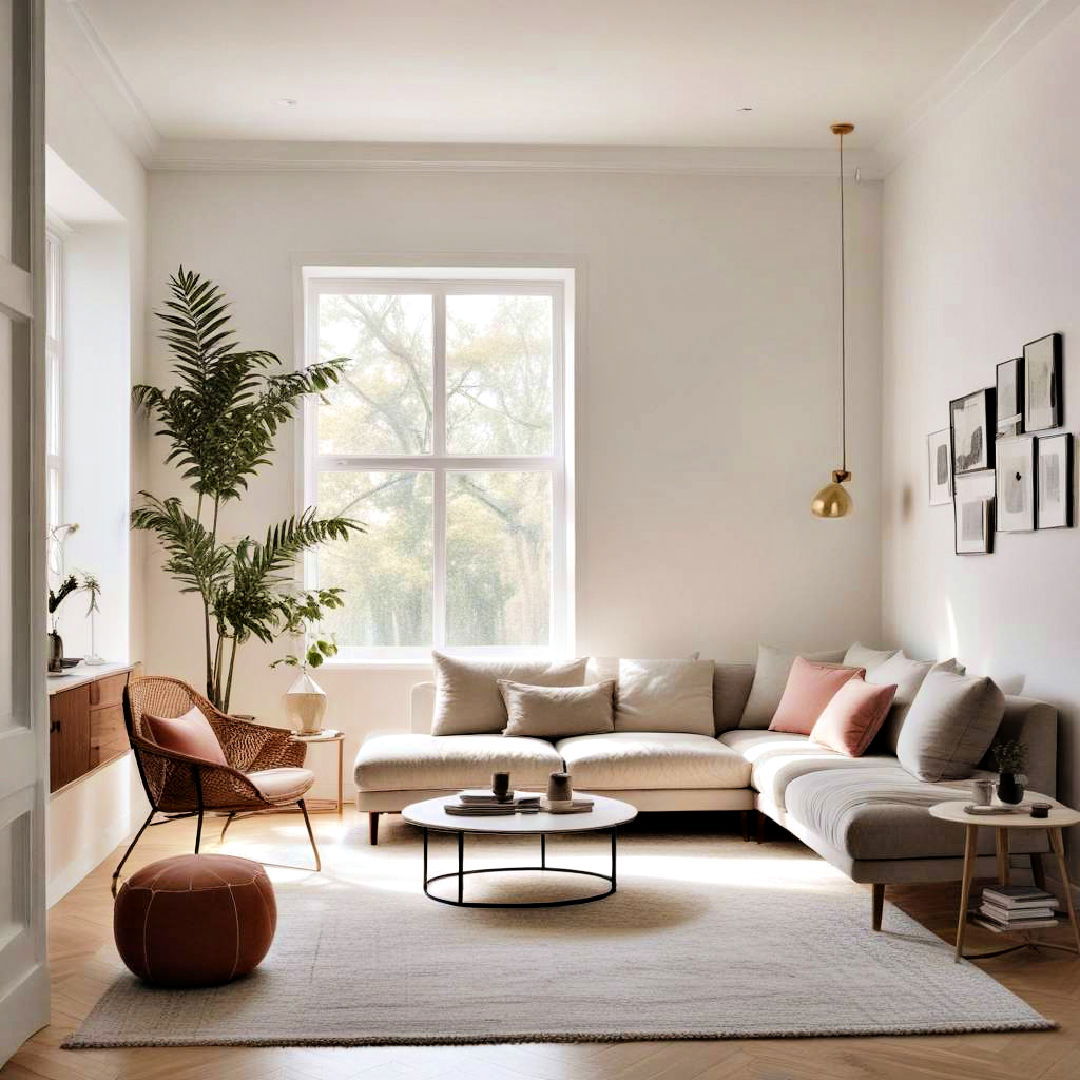
Negative space, or empty space, is crucial in minimalist design. It helps highlight important features and creates a sense of balance. Negative space makes your home feel less crowded and more organized. Utilizing it effectively contributes to a visually pleasing and calm environment, emphasizing the beauty of simplicity.
11. Choose Simple Artwork
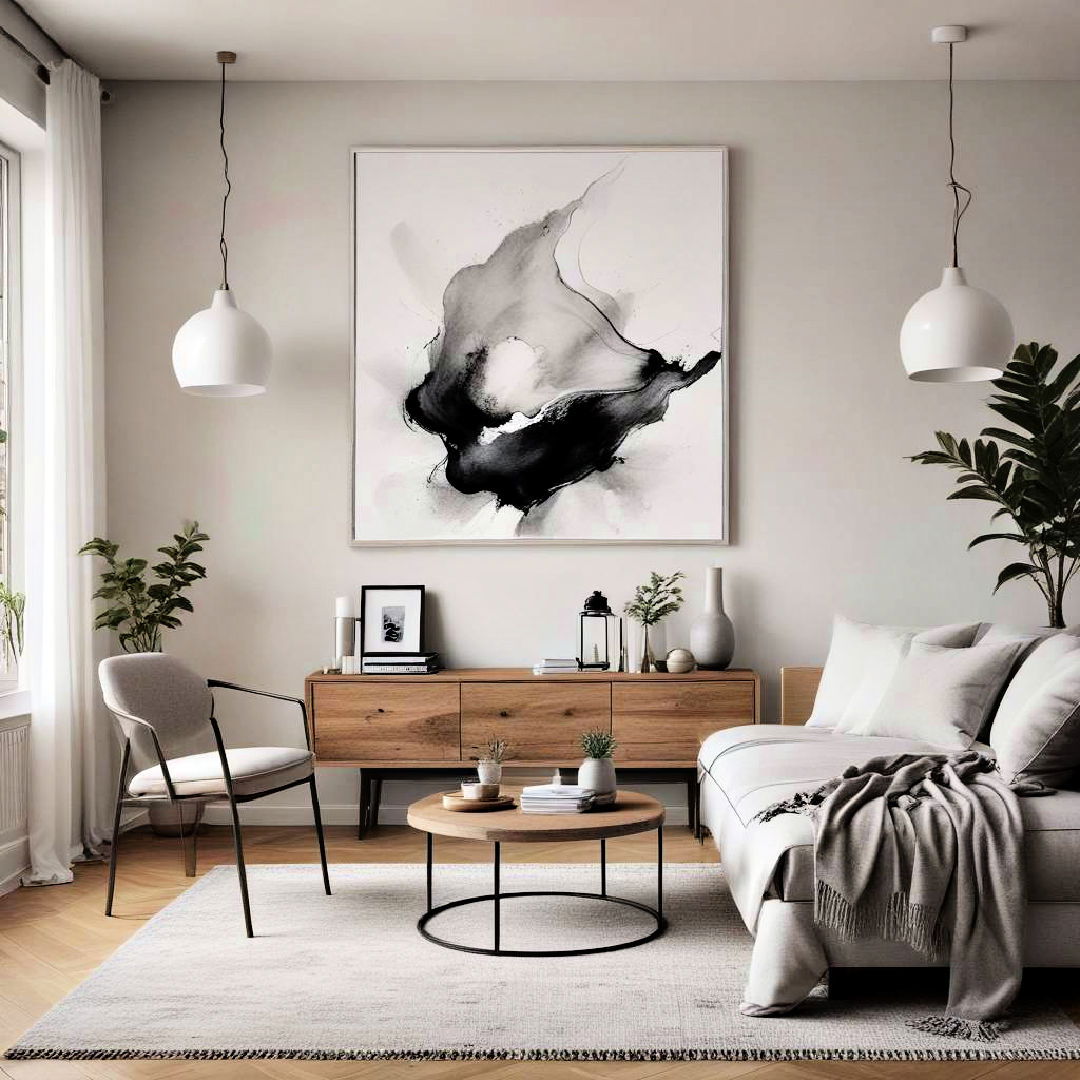
Select artwork that complements rather than dominates your space. Think of minimalist or abstract pieces with clean lines and subdued colors. Simple artwork adds character without overwhelming the room. It provides a focal point and enhances the aesthetic, maintaining the minimalist ethos of less is more.
12. Optimize Lighting
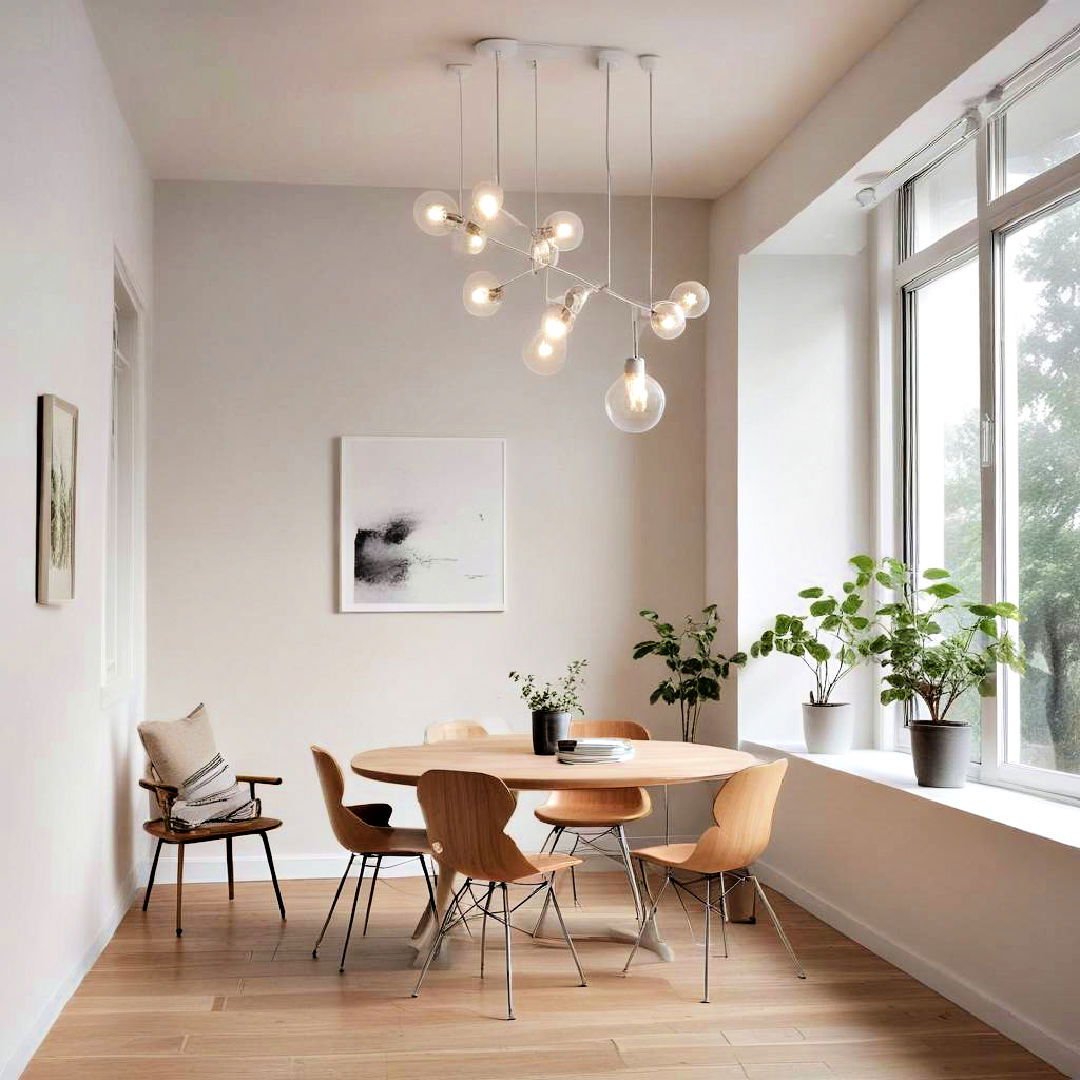
Good lighting is essential in minimalist decor. Use natural light wherever possible, and incorporate simple, elegant light fixtures. Effective lighting highlights space and adds warmth. Opt for minimalist designs to maintain clean lines and enhance the room's overall appearance, contributing to a bright and inviting environment.
13. Select Sleek Flooring
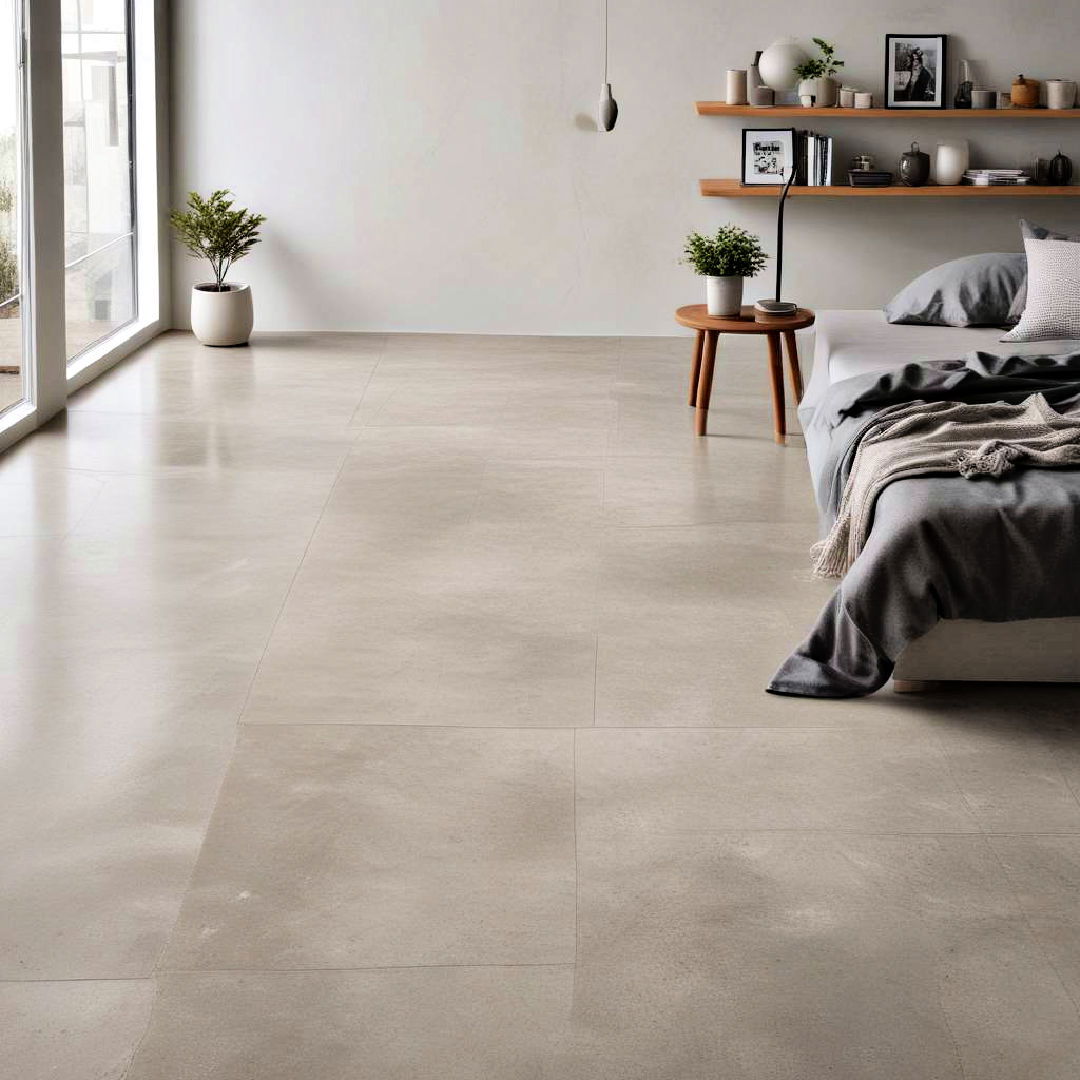
Choose flooring options like polished concrete, wood, or neutral tiles that complement minimalist decor, making sleek flooring a practical choice for modern interiors. Sleek, simple flooring creates a uniform base. It provides a coherent look and enhances the feeling of spaciousness in your home. Easy to maintain, it adds to the minimalist appeal.
14. Go for Minimal Window Treatments
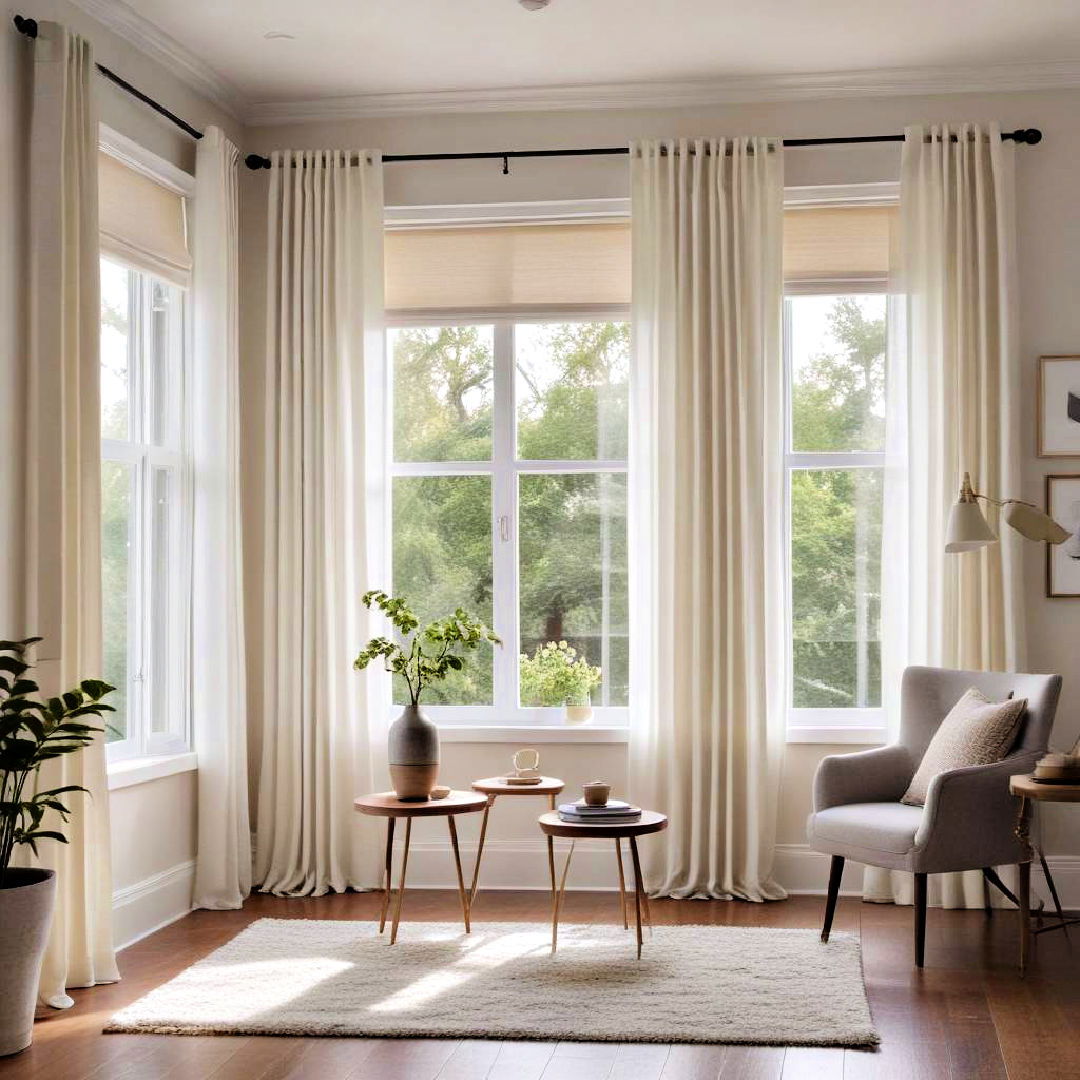
Keep window treatments simple with sheer curtains or basic blinds. These options let in natural light and keep the room looking airy. Minimal window treatments maintain a clean aesthetic and are easy to manage. They contribute to the overall simplicity and calmness of a minimalist space.
15. Implement a Monochrome Palette
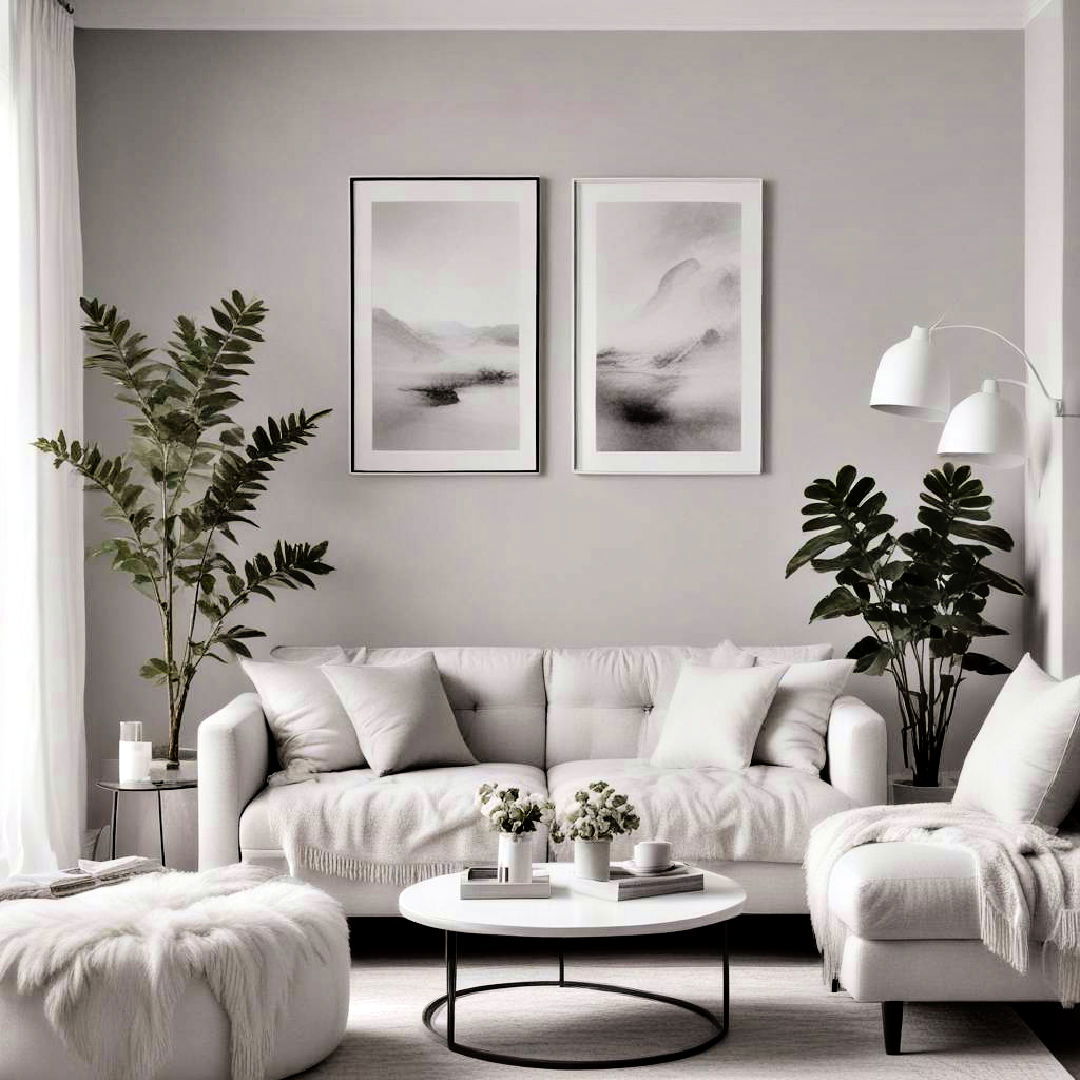
Elevate your space with minimalist house decor that embraces simplicity and functional beauty. Using varying shades of one color can create a cohesive and tranquil environment, showcasing the beauty of a monochrome palette in minimalist decor. A monochrome palette brings unity to the room. It ensures that different elements blend seamlessly while adding subtle complexities with different tones and textures. This technique enhances the minimalist's sense of calm and order.
16. Create a Focal Point
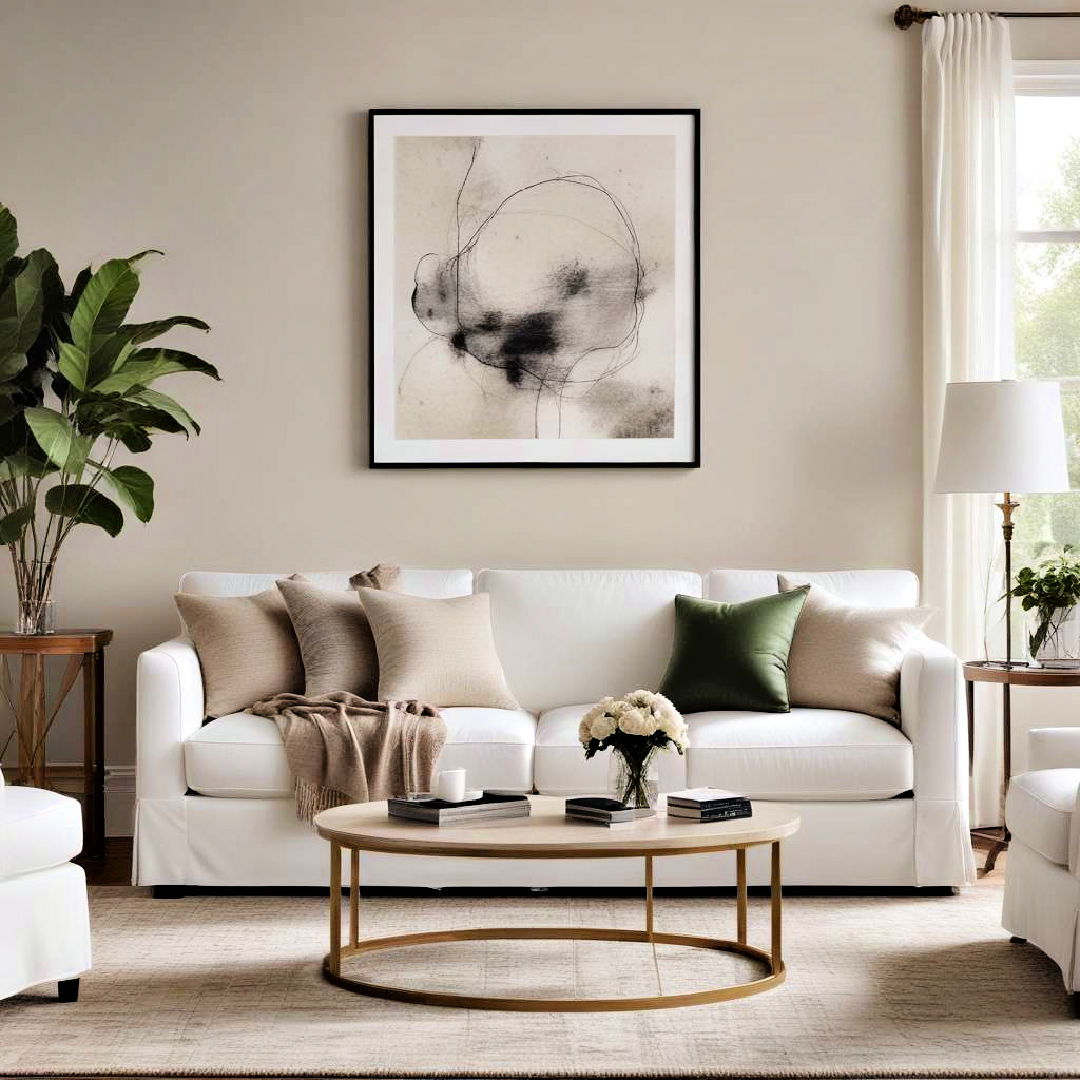
Choose one piece of furniture or decor to be the focal point of the room. It could be an elegant sofa or a piece of modern art. This focal point draws attention without cluttering the space. Creating a focal point simplifies decor choices, leading to a more organized and visually appealing room.
17. Maintain a Consistent Style
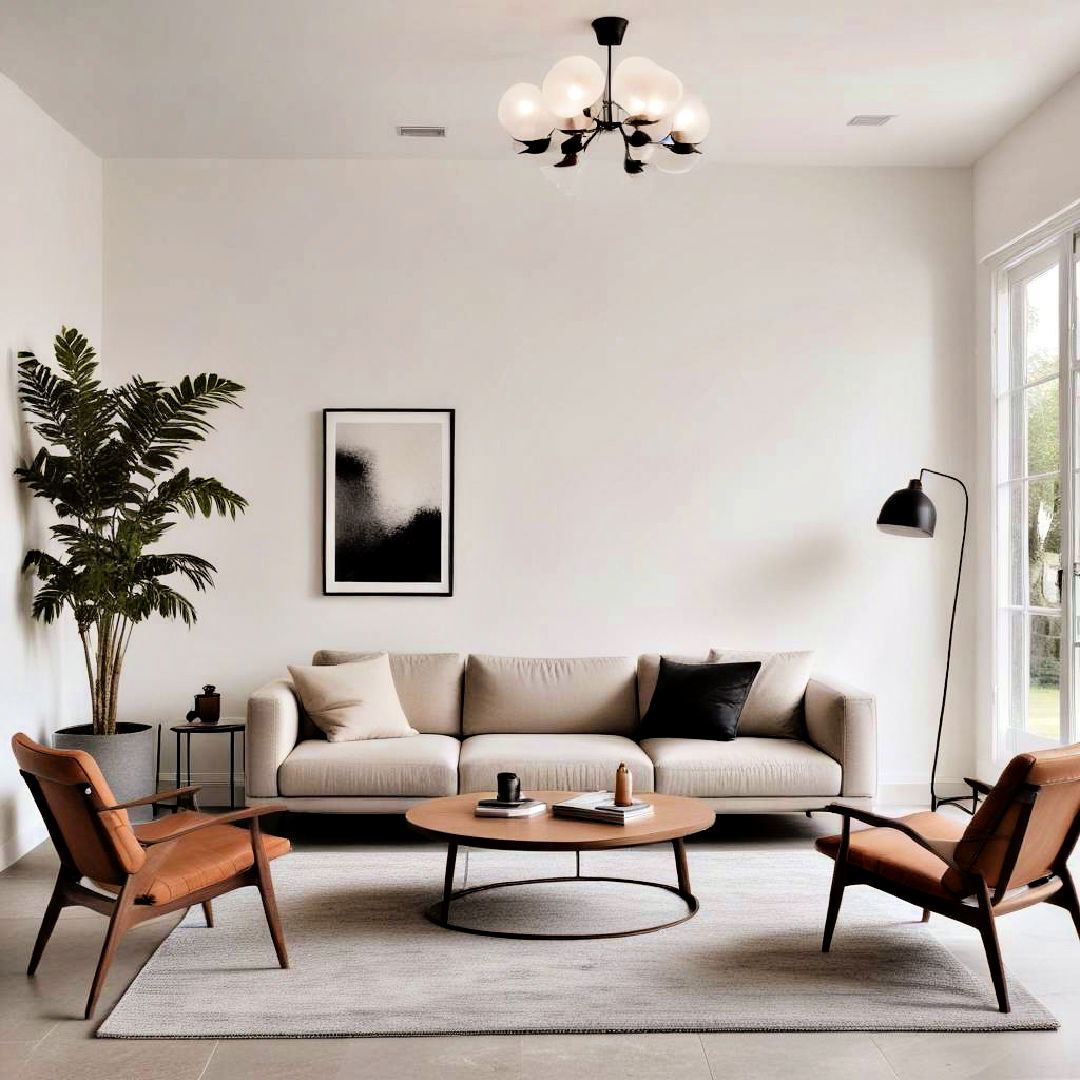
Stick to a consistent style when selecting furniture and decor. This avoids a mismatched appearance and keeps the space coherent. Consistency in style ensures all elements work together harmoniously. It creates a unified look that aligns with minimalist principles, making the space more calming and pleasing.
18. Invest in Built-In Furniture
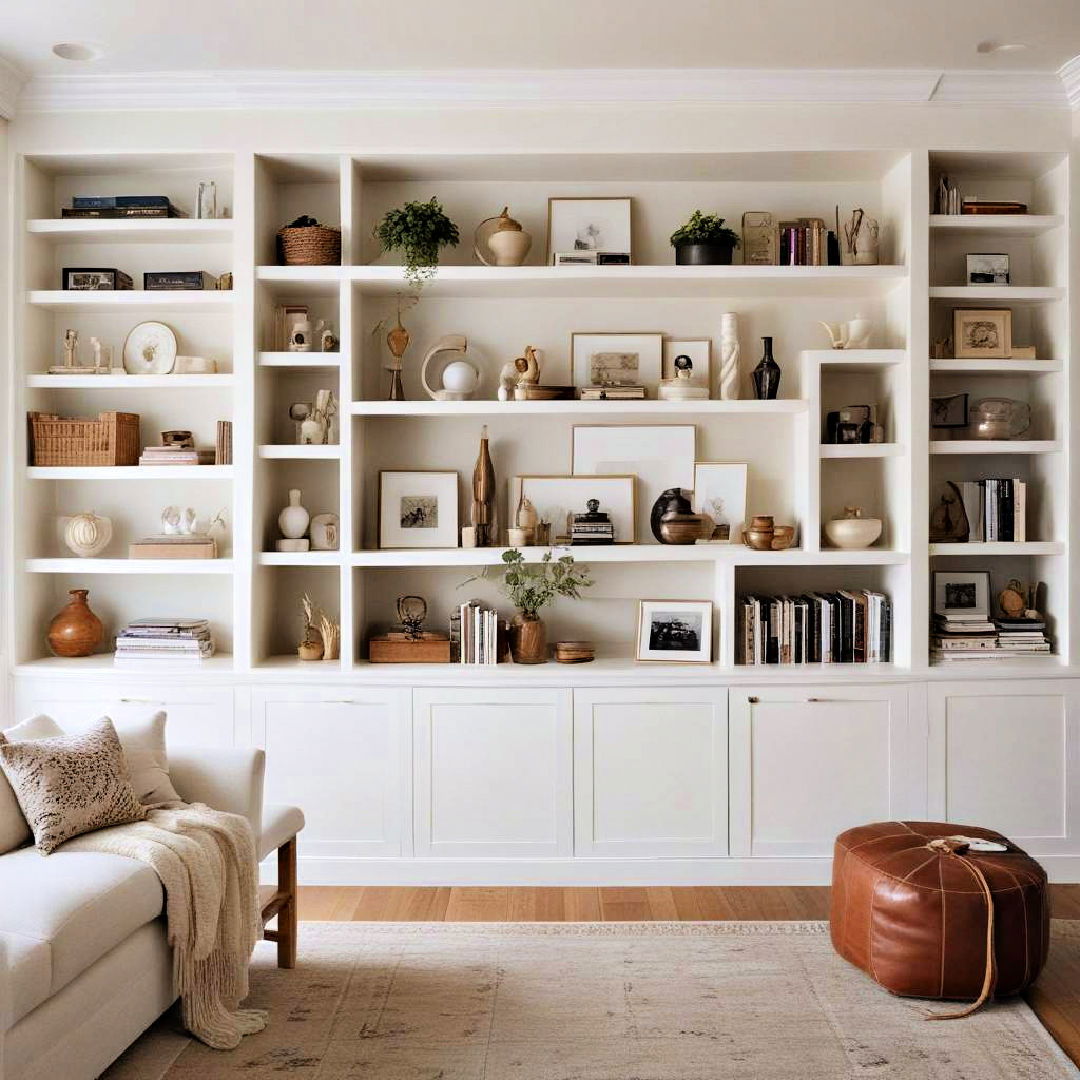
Built-in furniture like shelves and wardrobes save space and reduce visual clutter. These solutions often blend seamlessly into the room. Built-ins maximize storage and improve functionality. They keep the space clean and open, supporting the minimalist emphasis on simplicity and efficiency.
19. Use Mirrors Strategically
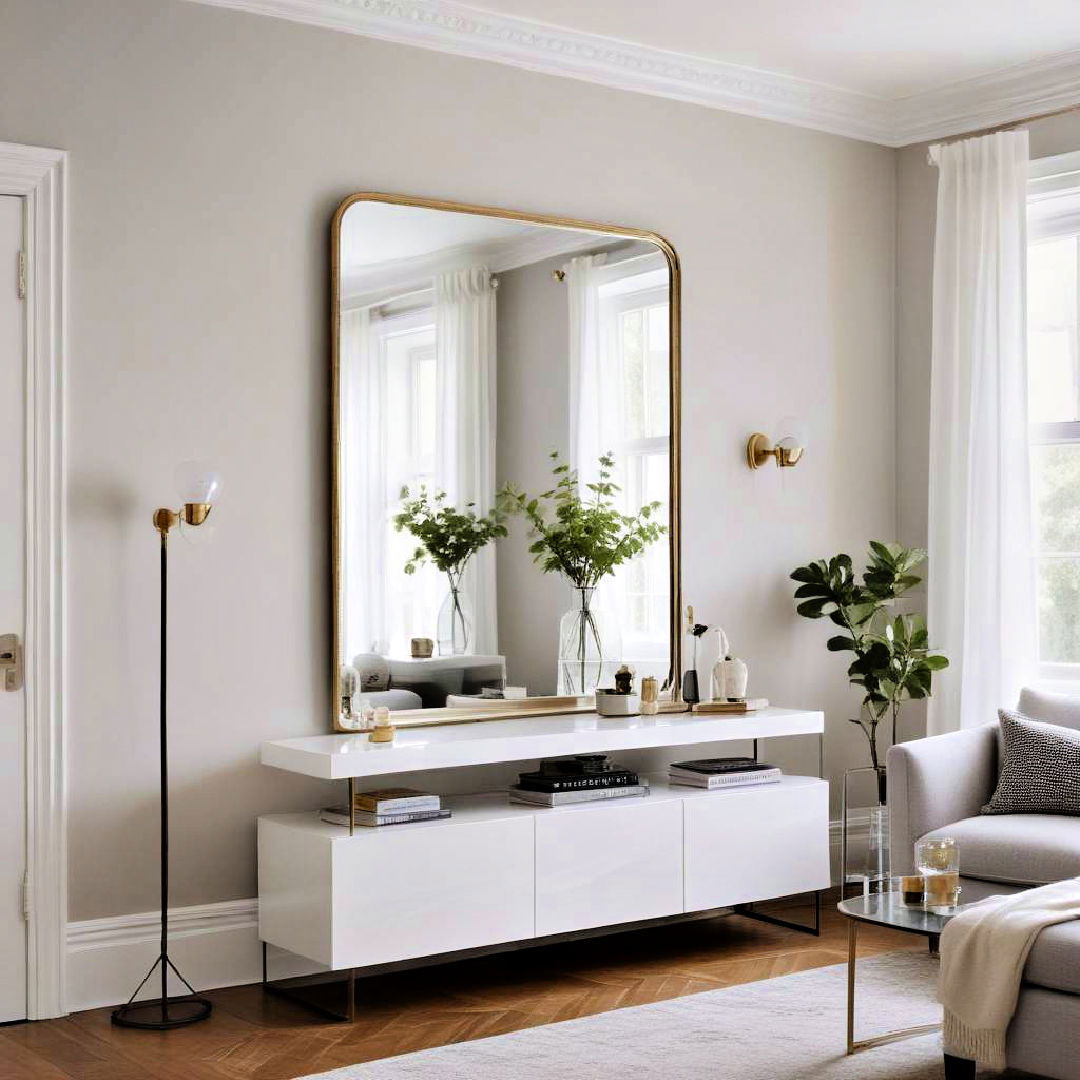
Mirrors can make a space feel larger and brighter. Place them where they can reflect natural light or a focal point. Strategic mirror placement enhances light distribution and adds depth. Mirrors serve as decorative elements without adding clutter, staying true to minimalist aesthetics.
20. Keep Personal Items Hidden
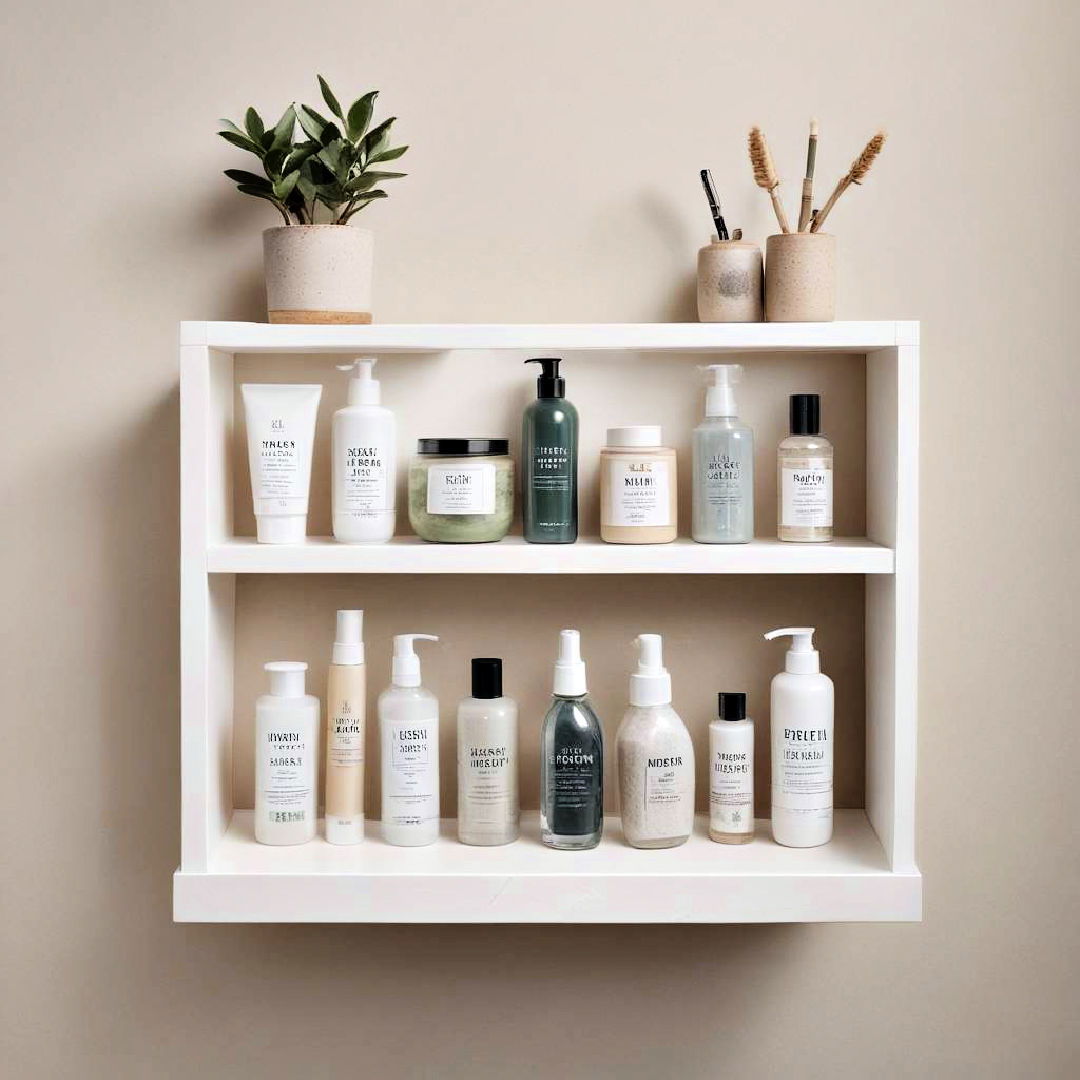
Find stylish and practical minimalist decor ideas for a sleek and clutter-free home. Store personal items like toiletries and gadgets out of sight to keep surfaces clean. Use trays, boxes, or drawers for this purpose. This practice helps maintain a tidy appearance. Hidden personal items contribute to a serene environment, aligning with the minimalist principle of removing excess visual distractions.
21. Curate Your Decorations
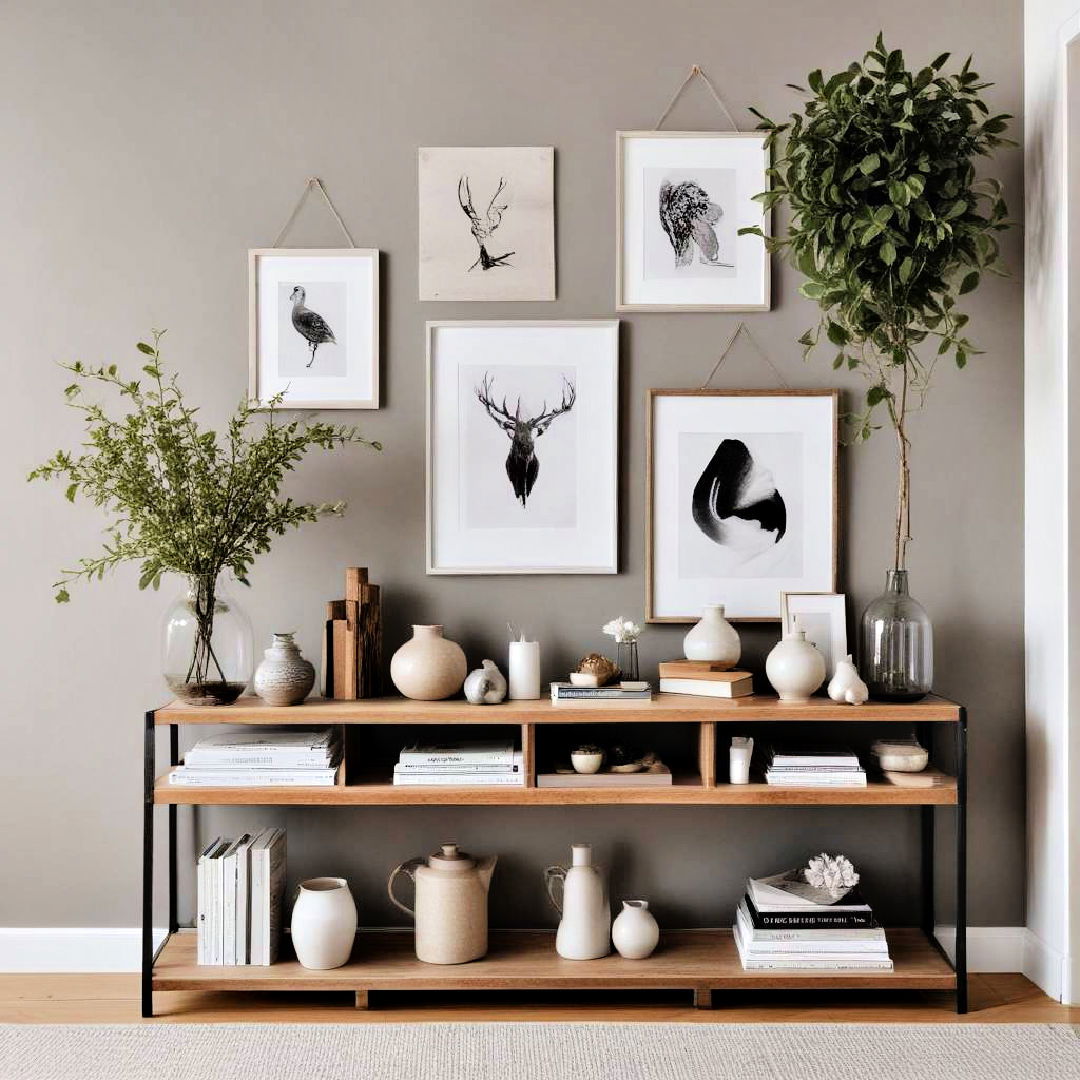
Only display items that have significant meaning or aesthetic value. A curated selection avoids unnecessary clutter and adds personal touches. Curating decorations ensures each item stands out. This approach makes your space feel intentional and thoughtfully designed, enhancing the minimalist atmosphere.
22. Leverage Technology

Smart home devices like thermostats and speakers can be hidden yet functional. They keep your space modern without adding physical clutter. Leveraging technology integrates convenience seamlessly into minimalist decor. This addition emphasizes functionality while maintaining a sleek, unobtrusive look.
23. Minimize Patterns
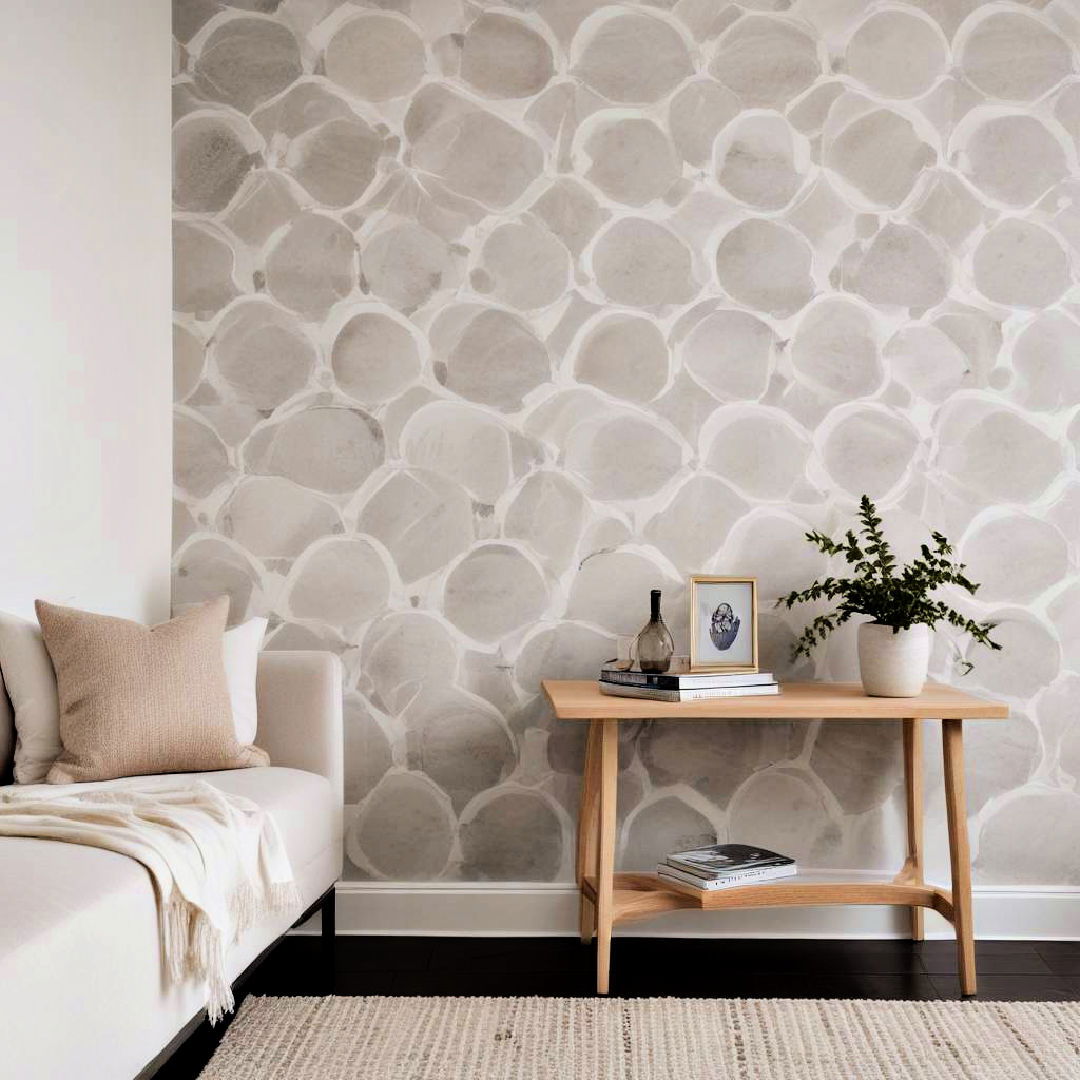
Keep patterns to a minimum or use subtle designs to avoid visual noise. Simple patterns in small doses can add interest without overwhelming the space. Minimal patterns keep the look cohesive and calm. They add texture and character without straying from minimalist principles.
24. Simplify Accessories
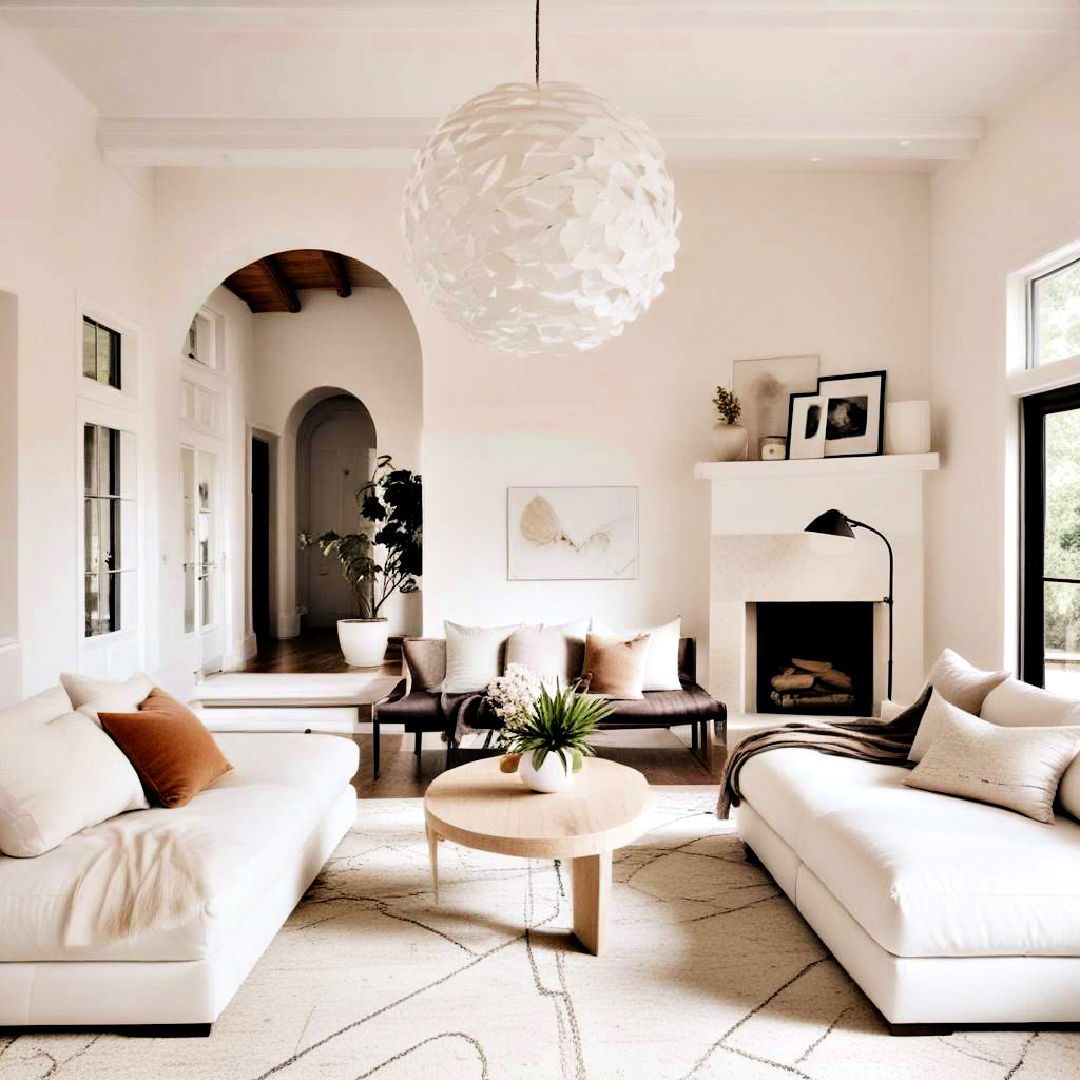
Discover innovative minimalist design ideas to create a modern, serene living environment. Choose accessories that are both functional and elegant. Items like sleek clocks, plain vases, and simple lamps enhance the decor without adding excess. Simplifying accessories ensures everything serves a purpose or brings joy. This method keeps the room uncluttered and maintains a streamlined appearance.
25. Adopt an Open-Layout
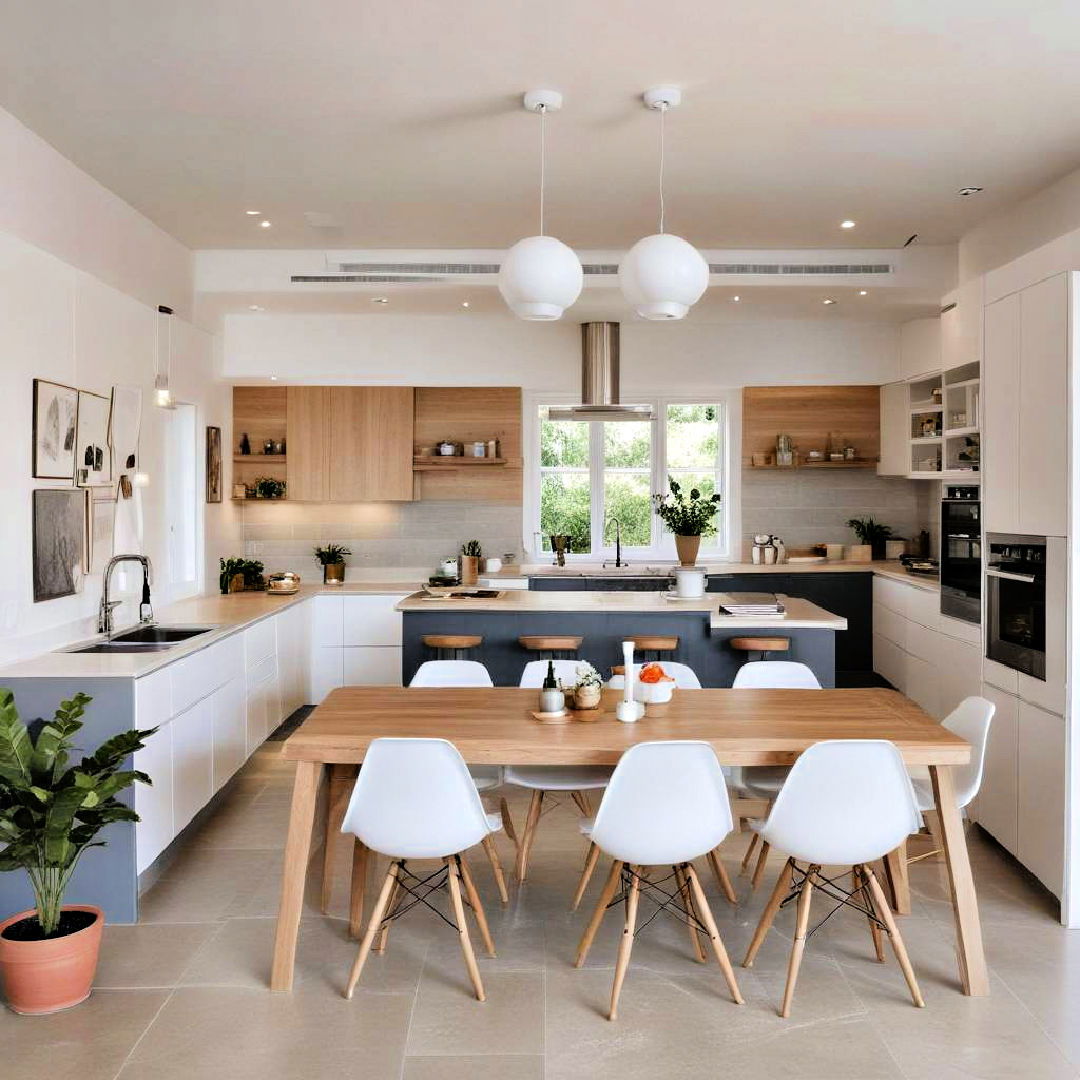
An open layout seamlessly combines different areas like the kitchen, dining, and living room. It promotes flow and interaction, making the space feel larger and more welcoming. Adopting an open layout breaks down barriers and creates a cohesive living area. This approach aligns perfectly with the minimalist focus on openness and simplicity.
Conclusion:
Minimalist decorating is more than a trend; it's a lifestyle shift that encourages thoughtful choices and intentional living. By embracing neutral colors, opting for clean lines, and focusing on quality over quantity, you can design a space that feels serene and uncluttered. Incorporating natural elements and prioritizing open spaces will further enhance the minimalist aesthetic, turning your home into a sanctuary of simplicity. Ready to simplify your space and embrace the beauty of minimalism? Start with these ideas to create a home that's both stylish and stress-free.
Key Points:
- Neutral Colors and Clean Lines – Minimalist spaces thrive on simplicity, with neutral tones and streamlined designs creating a calm, balanced environment.
- Limit Decorative Pieces – Focus on functionality by reducing decorative items to a few key pieces that add value without cluttering the space.
- Prioritize Open Spaces – Keep your space airy and open by minimizing unnecessary furniture and emphasizing room flow.
- Hide Storage and Minimize Clutter – Incorporate smart storage solutions to maintain a clean, organized appearance while keeping personal items out of sight.
- Focus on Quality over Quantity – Invest in high-quality, timeless pieces rather than overloading a space with multiple items, emphasizing durability and design.
- Incorporate Natural Elements – Bring in natural materials, like wood or stone, to add warmth and organic texture to a minimalist design.
- Optimize Lighting and Utilize Negative Space – Good lighting is crucial in minimalist design, along with the intentional use of empty spaces to create visual balance.
What to Do Next:
- Assess your current space and identify areas that feel cluttered or visually overwhelming.
- Choose a neutral color palette to refresh your walls and furnishings, creating a calm, cohesive look.
- Declutter your home, removing unnecessary decor or furniture that doesn't serve a functional or aesthetic purpose.
- Incorporate natural materials like wood, stone, or plants to introduce warmth and texture into the space.
- Invest in multifunctional, quality furniture that serves both practical needs and enhances the room's aesthetic.
- Reevaluate lighting in your home and consider adding sleek, minimal fixtures or natural light sources.

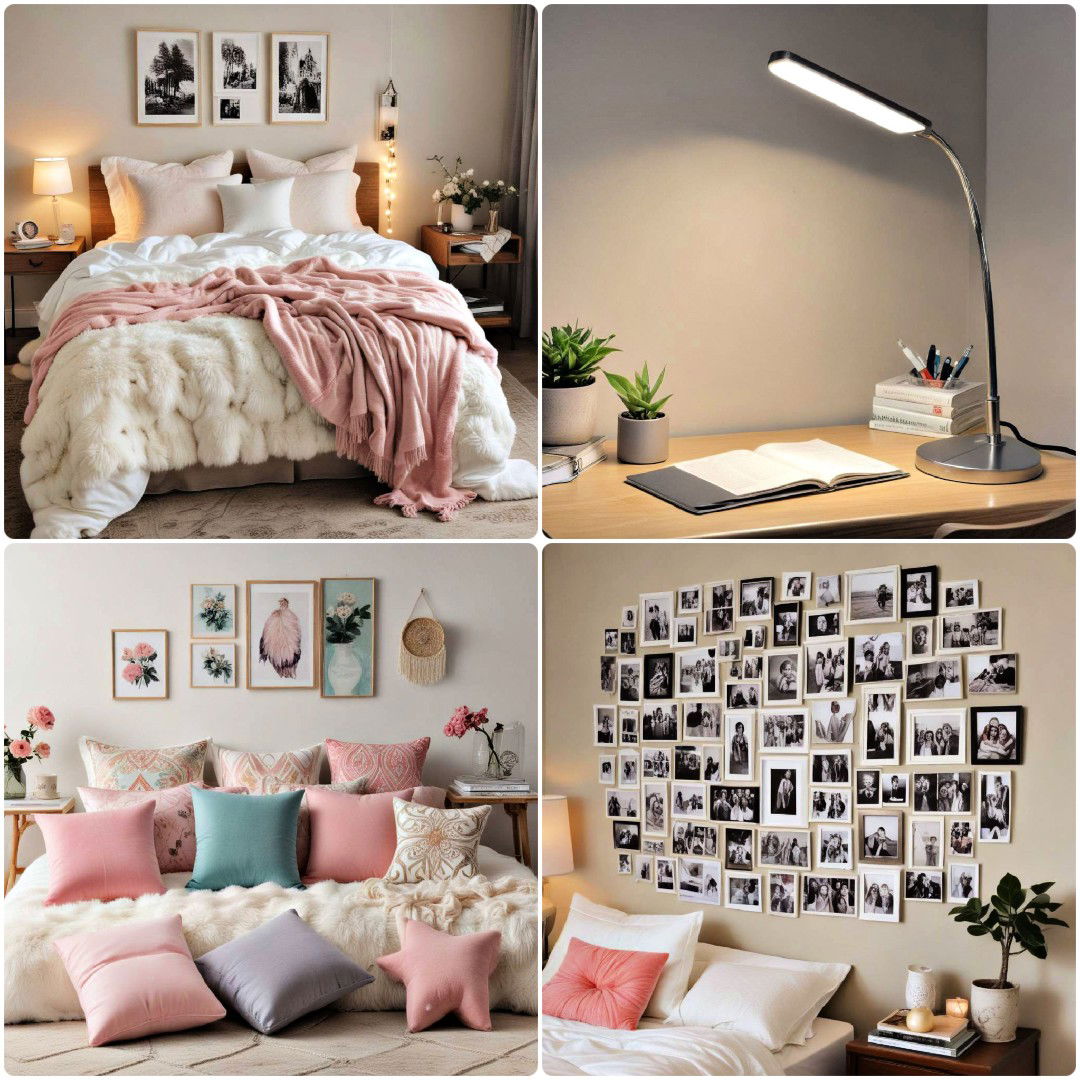

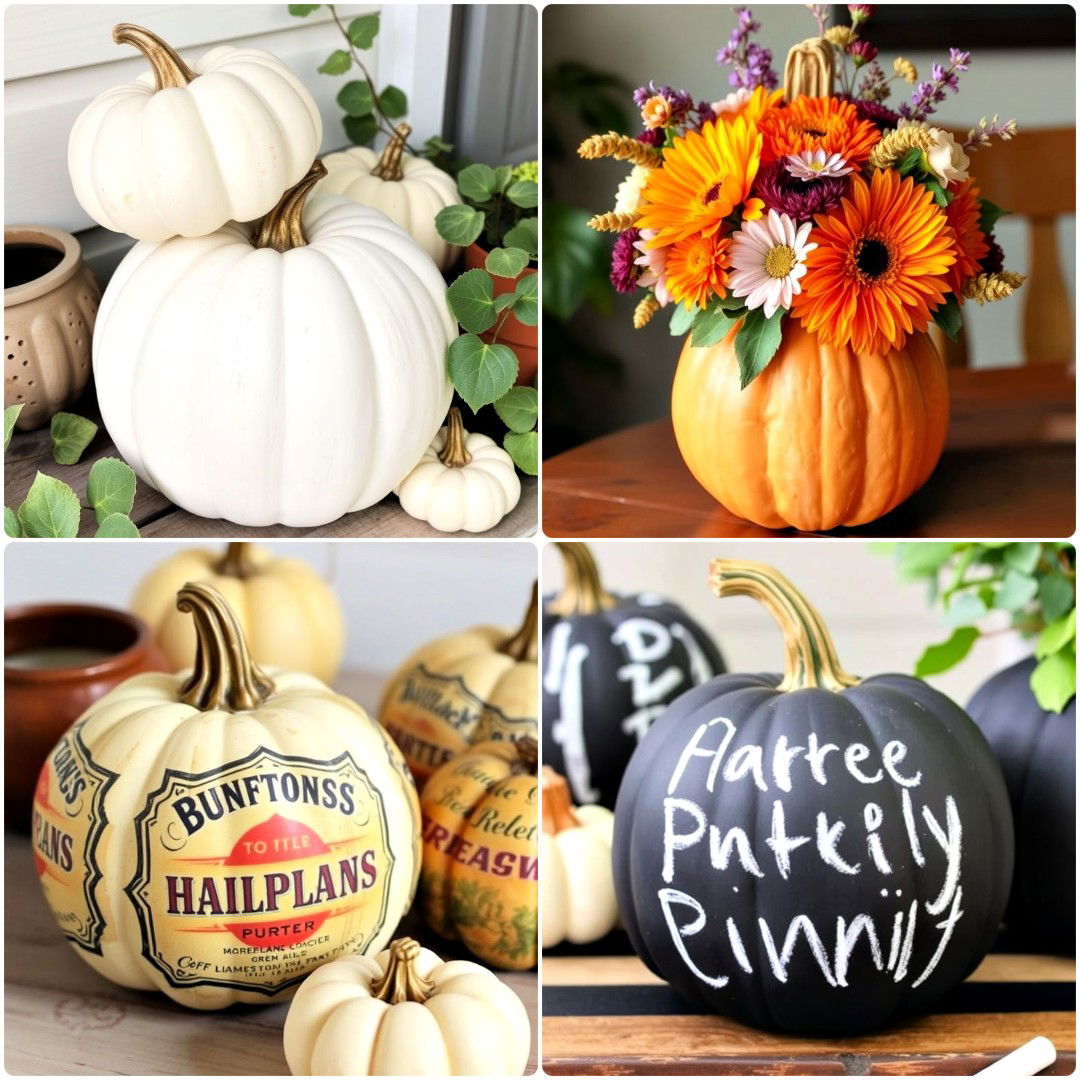
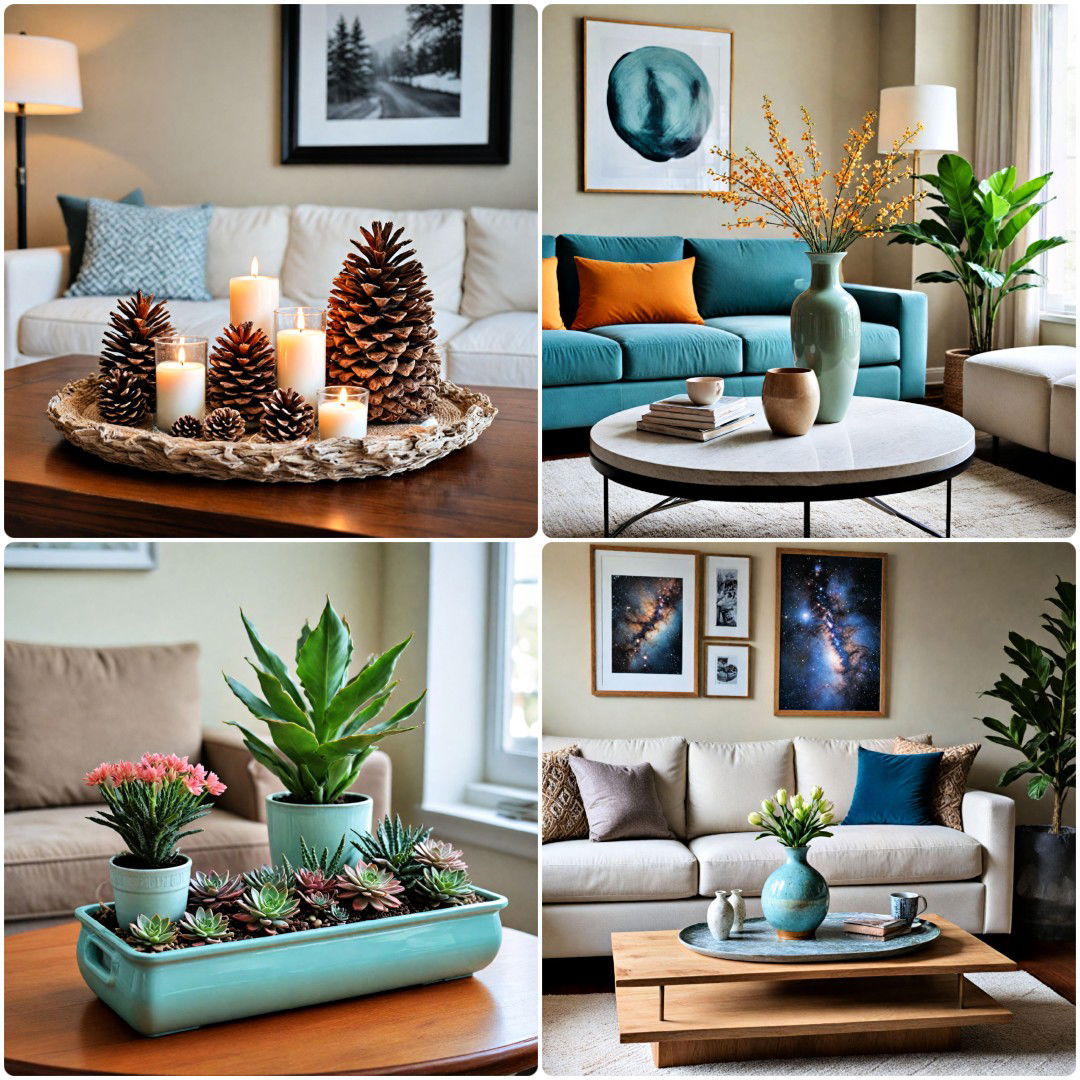
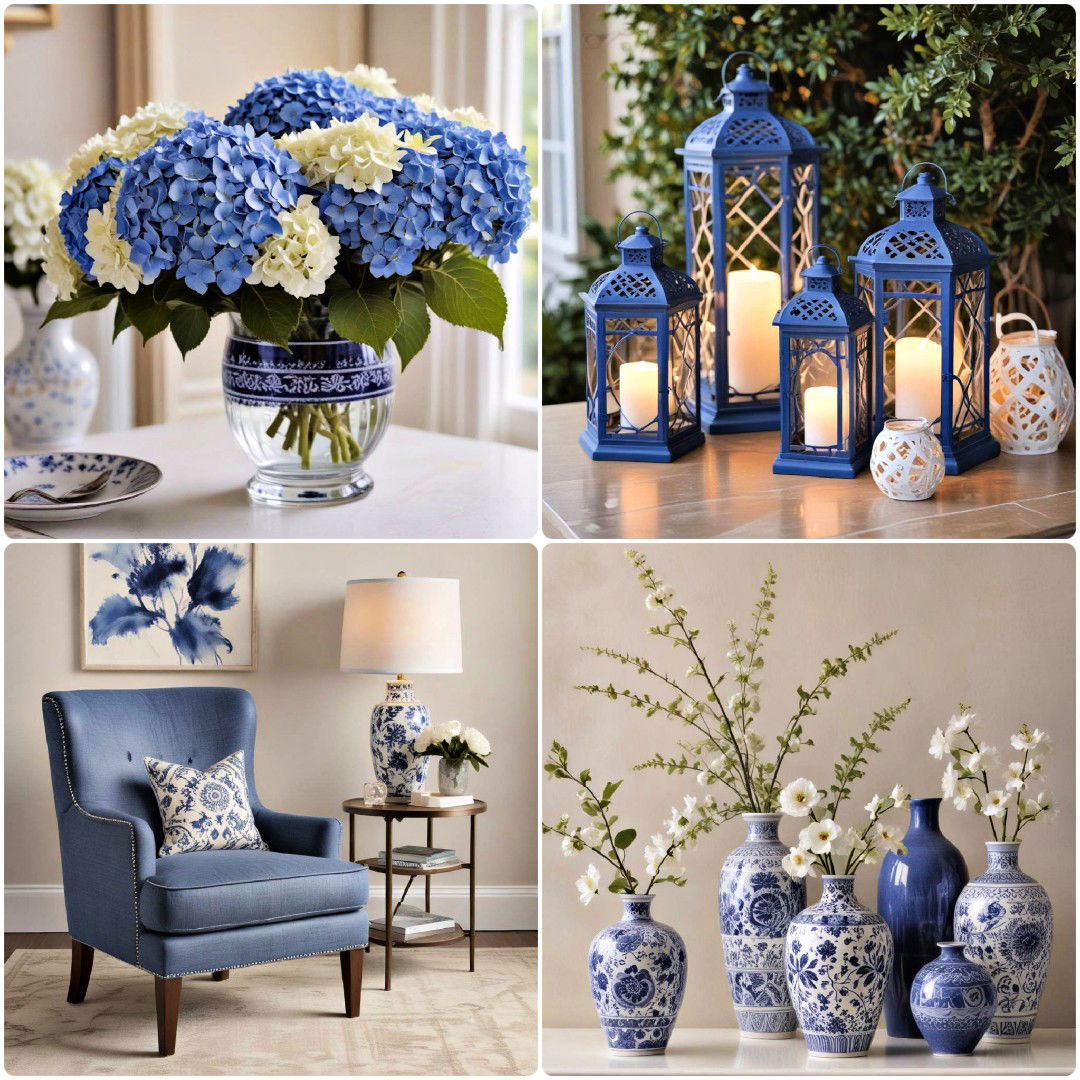
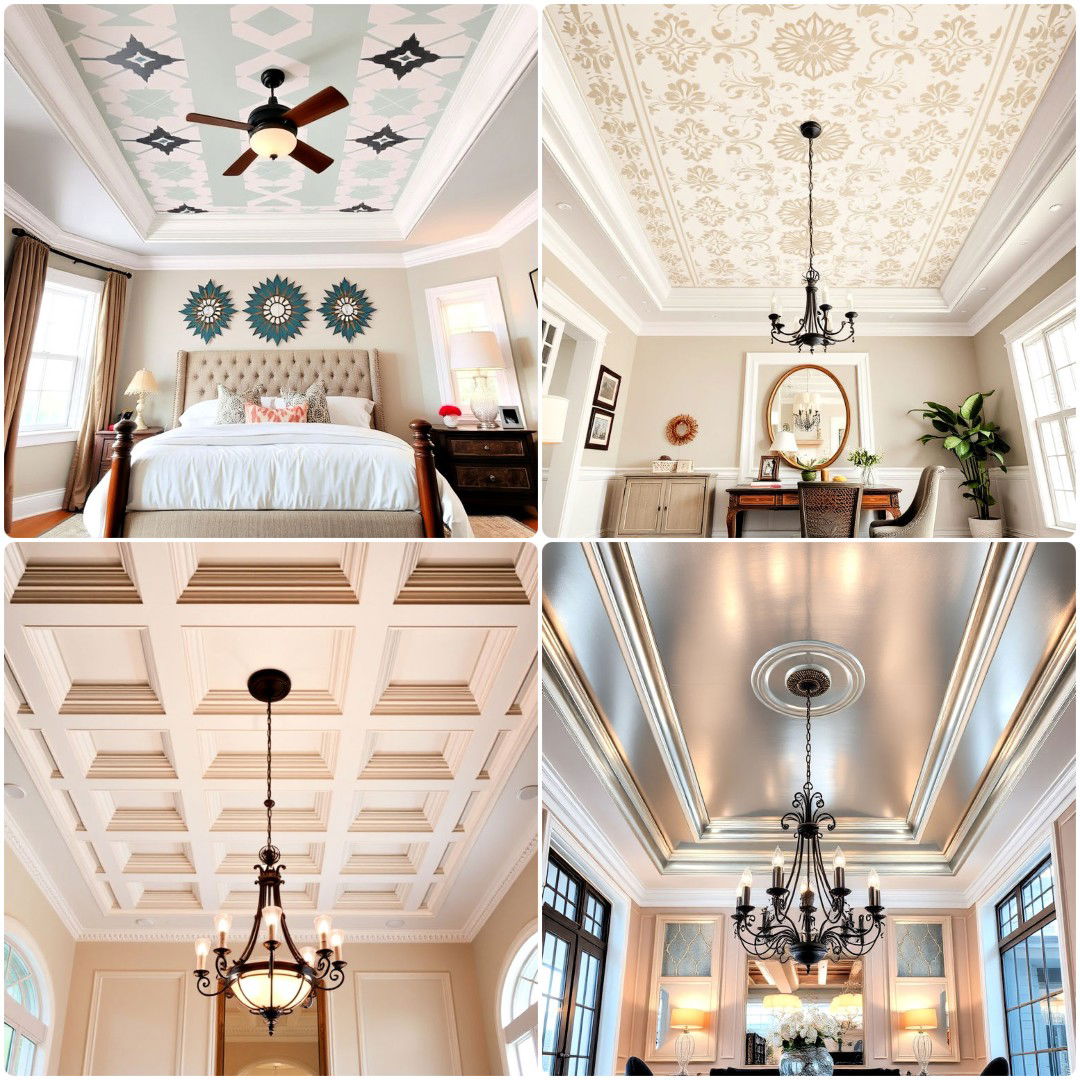
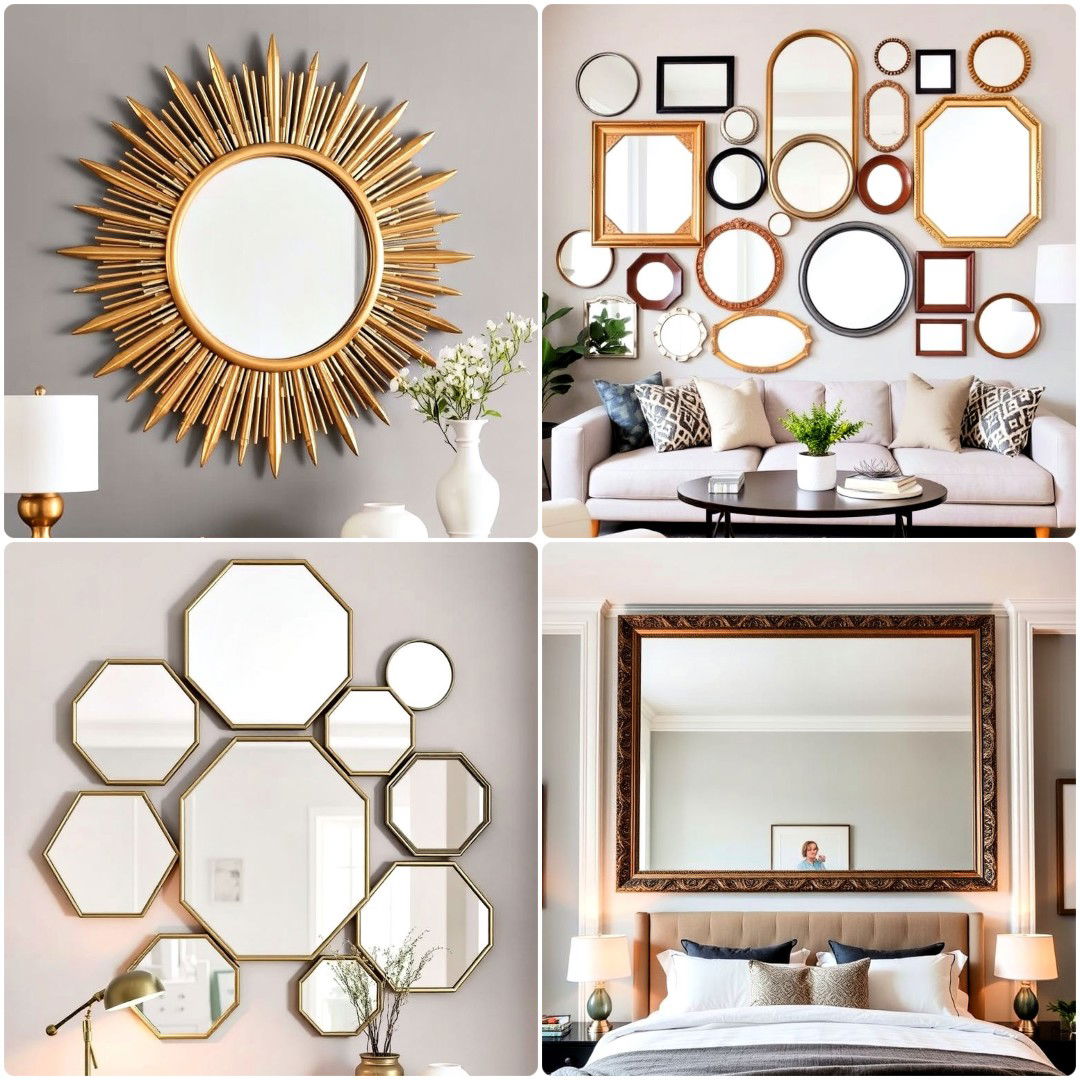
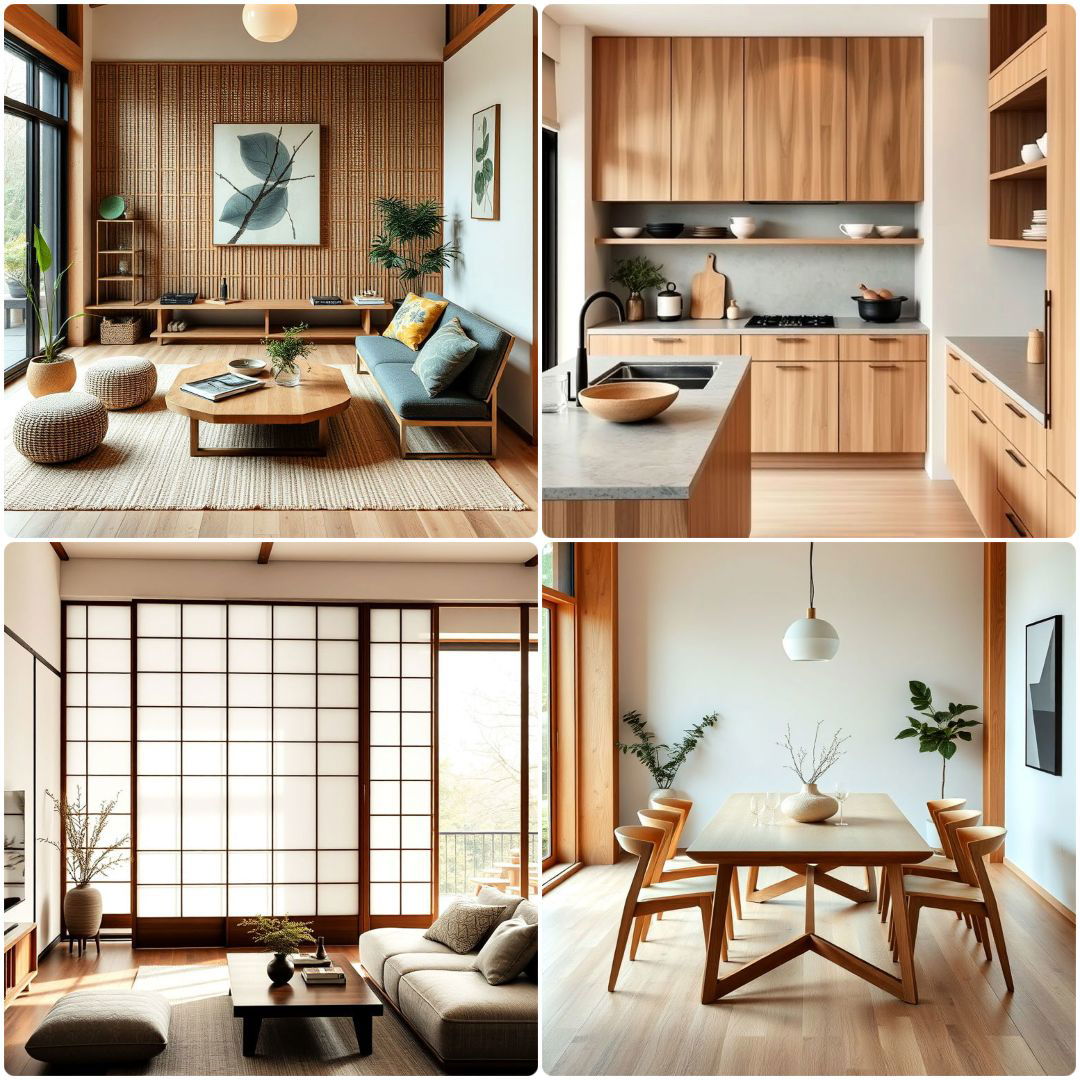
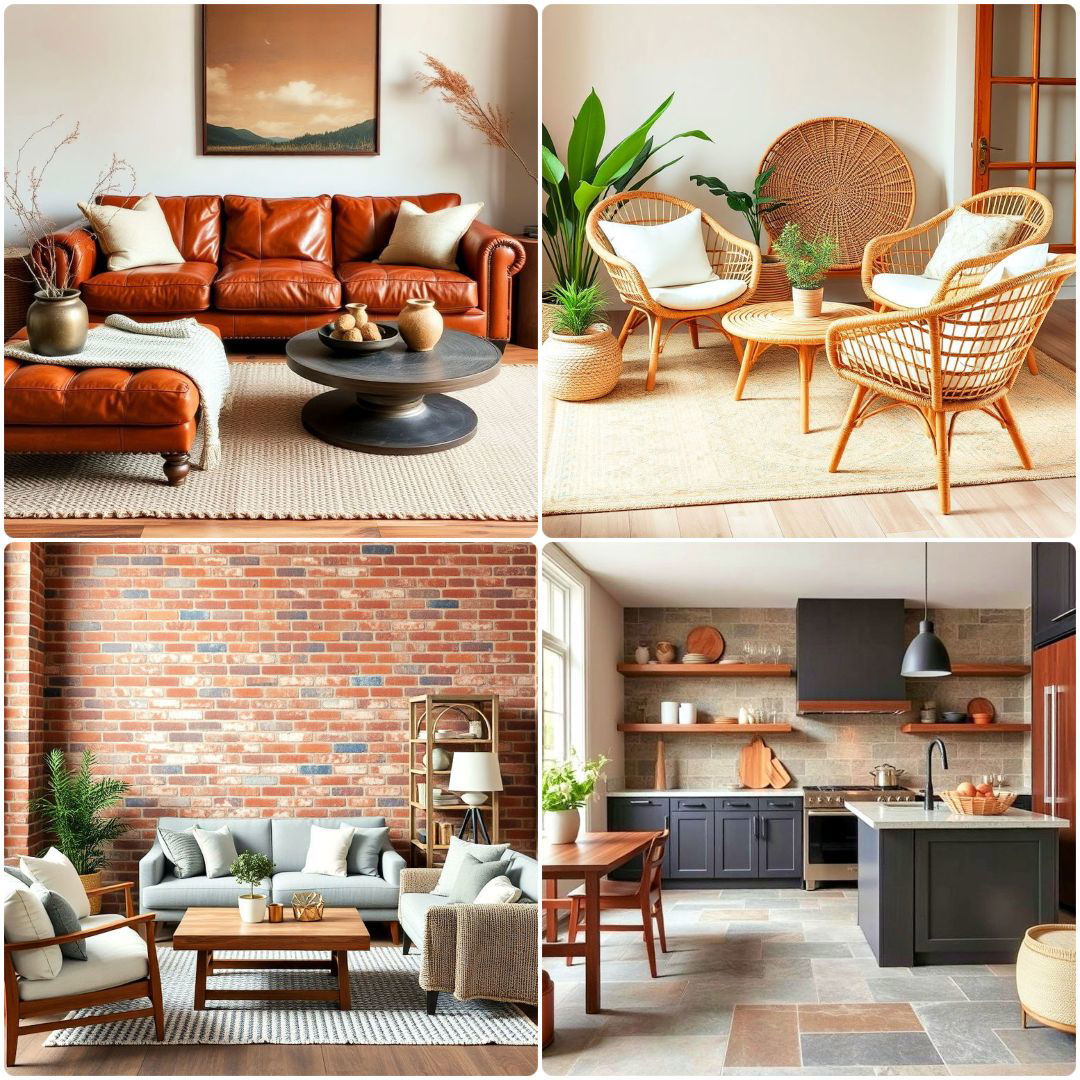
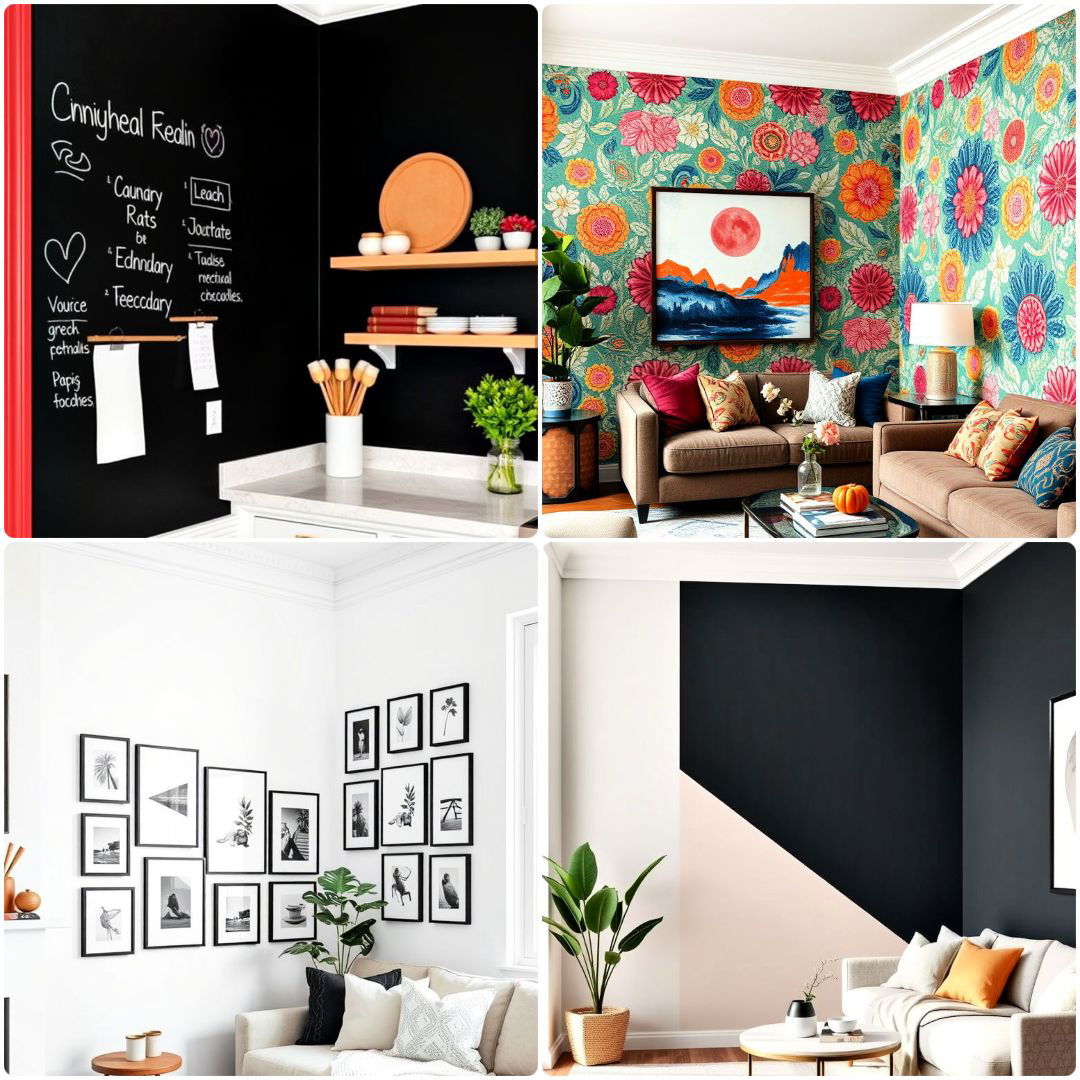
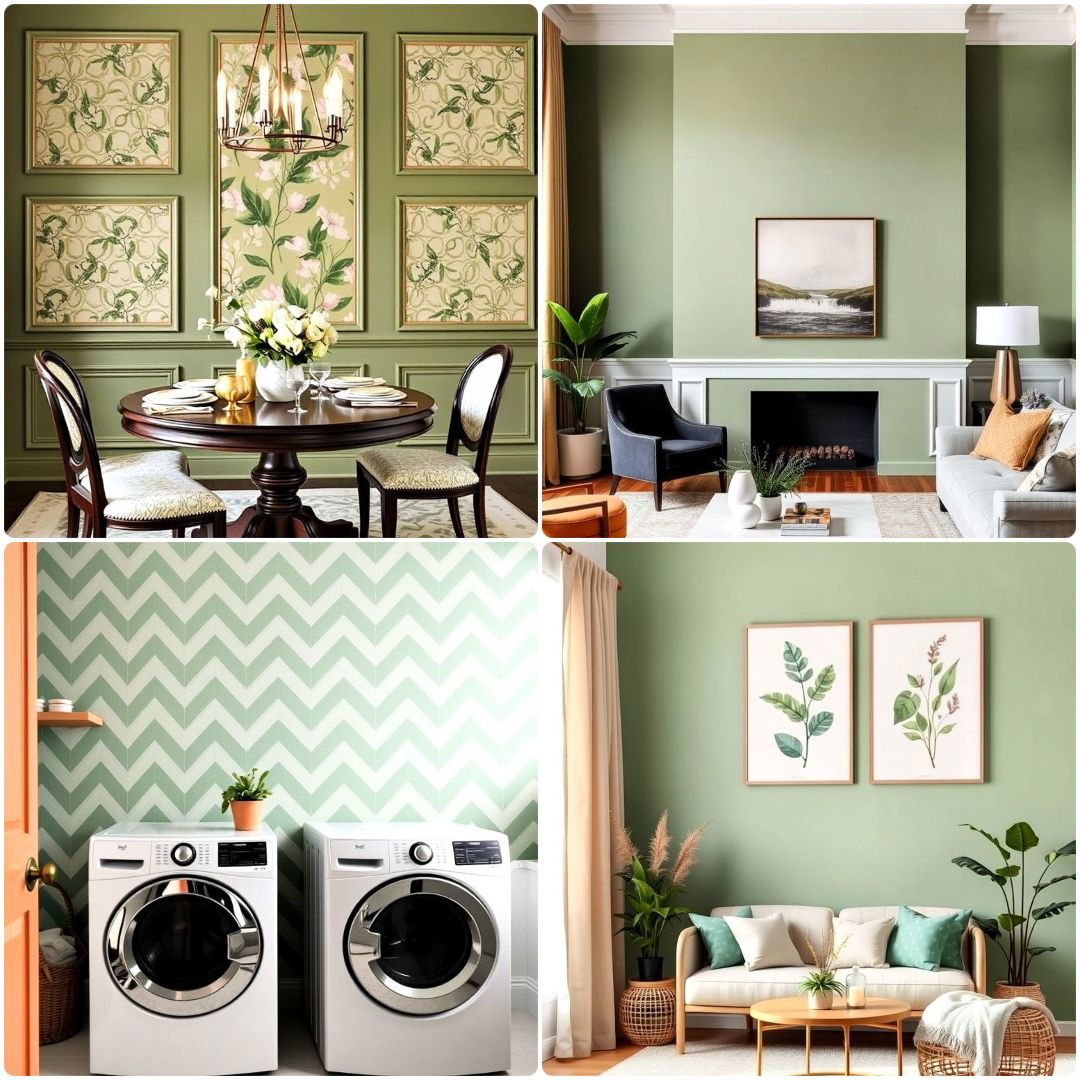
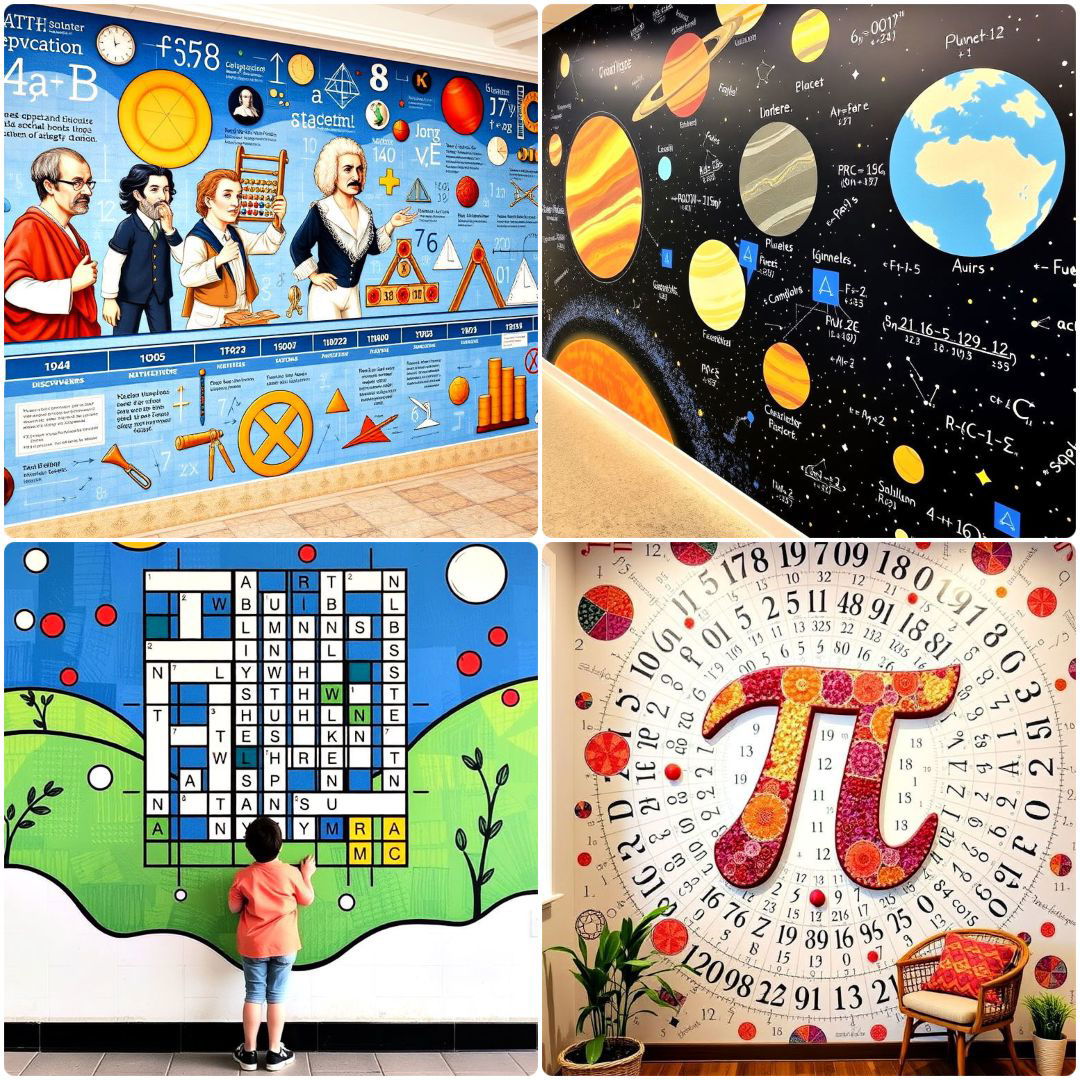
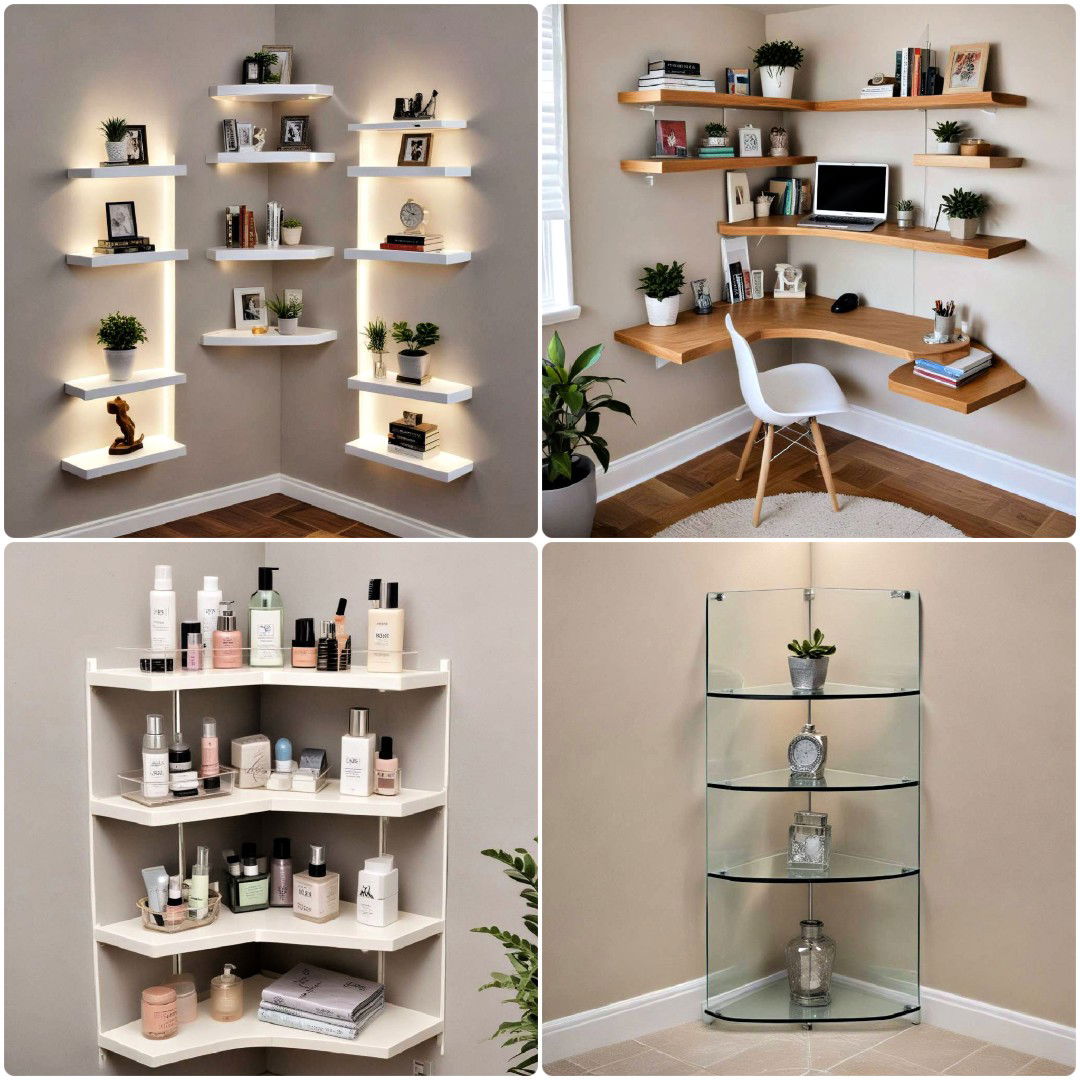
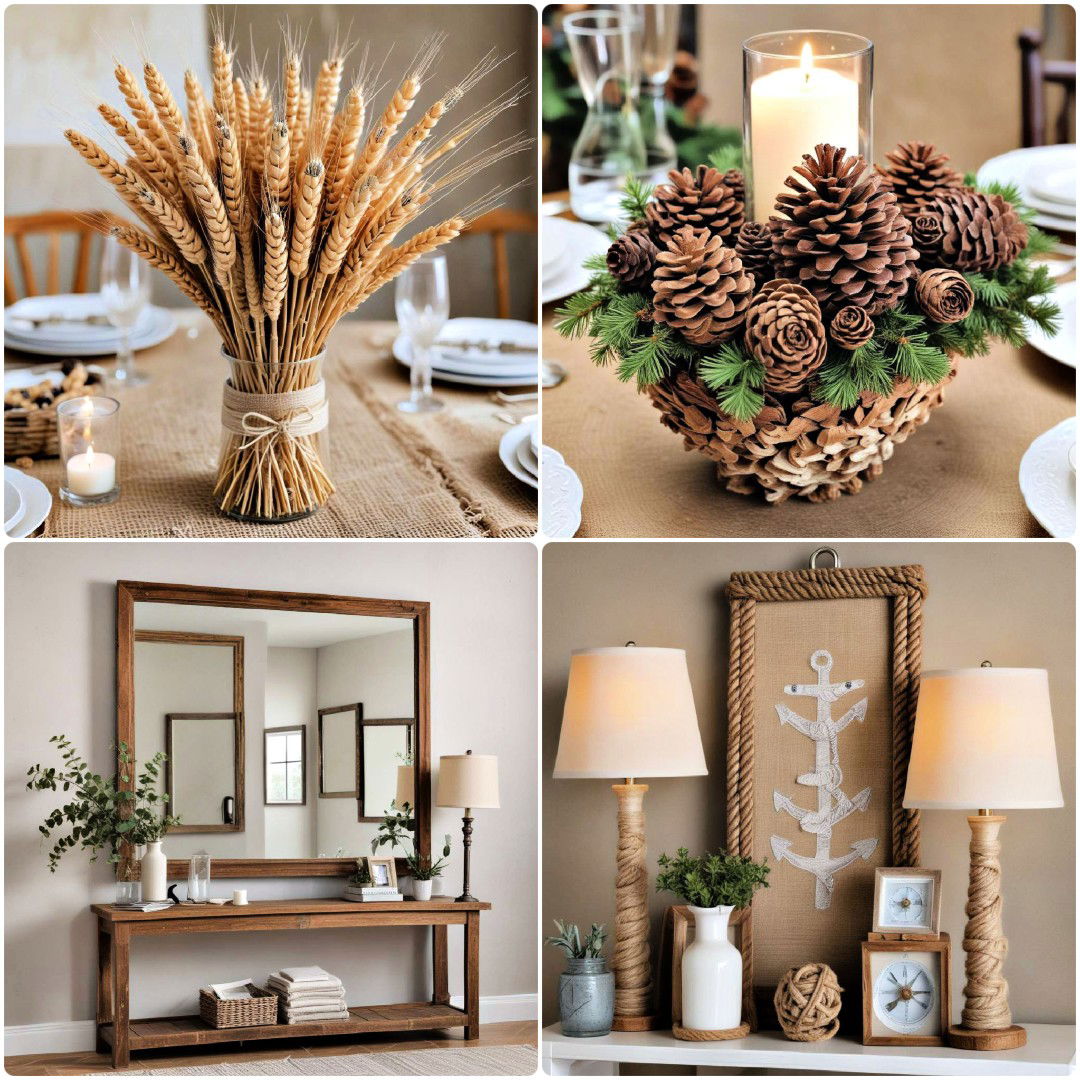

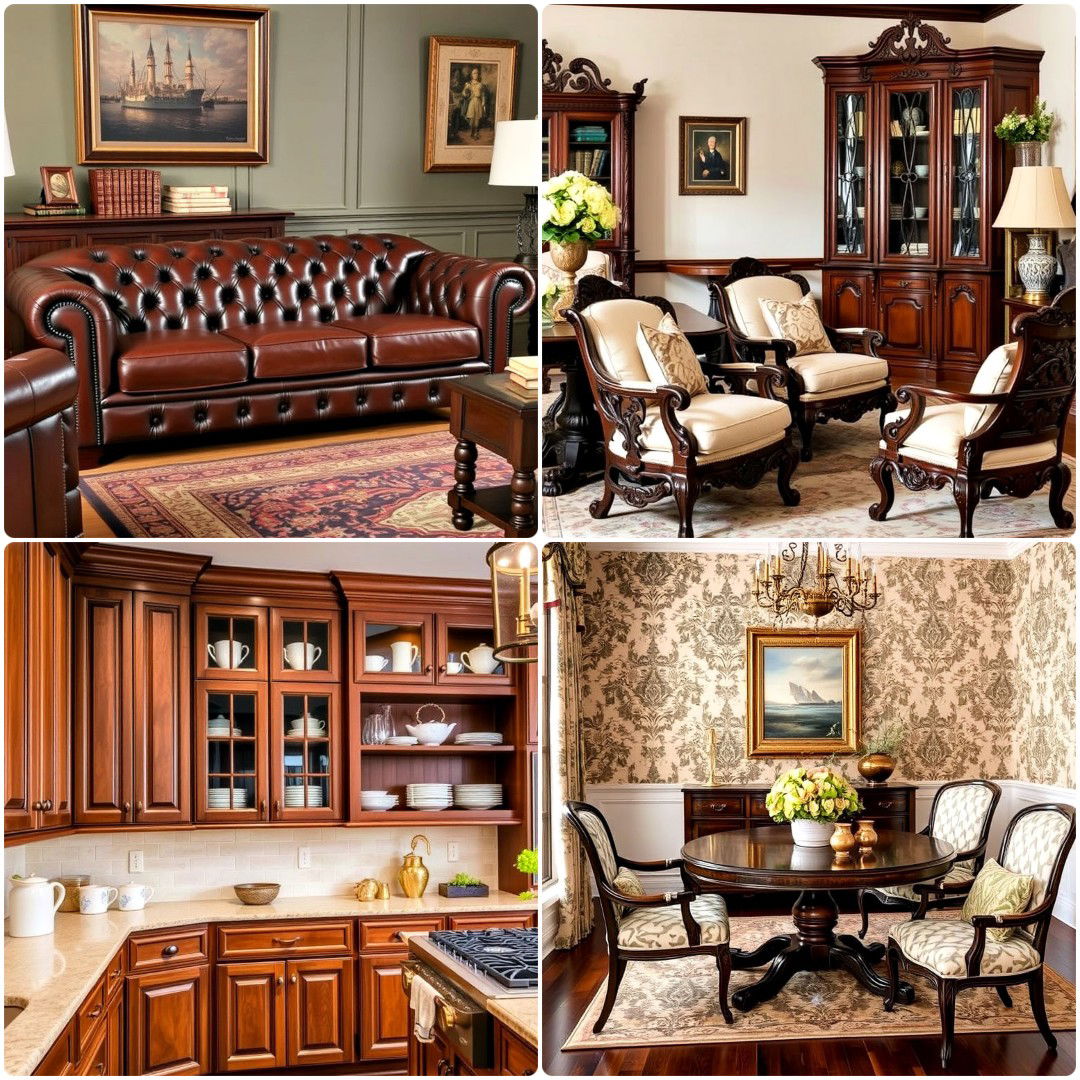
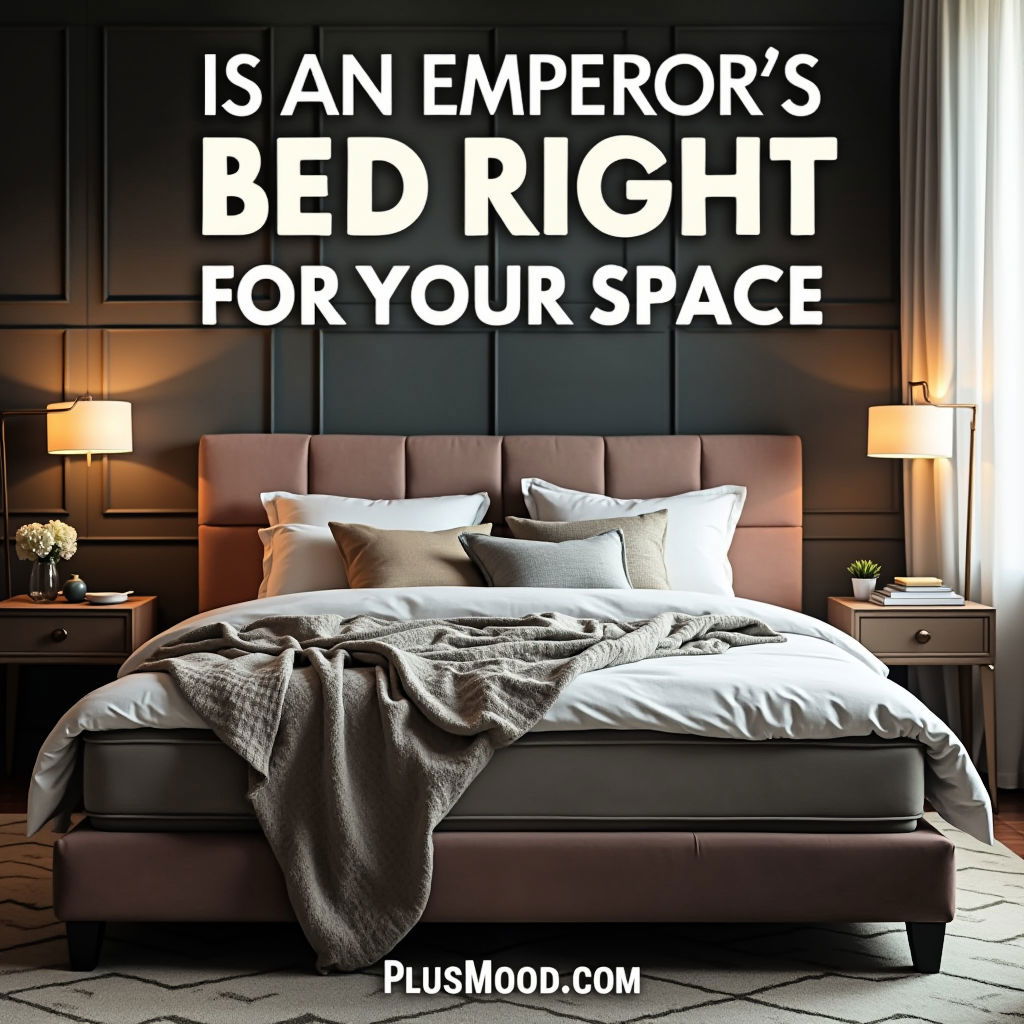
Leave a Reply